Day 8 - Walking The Nakasendō, Japan - Going Into The Woods and Crossing Our First Mountain Pass
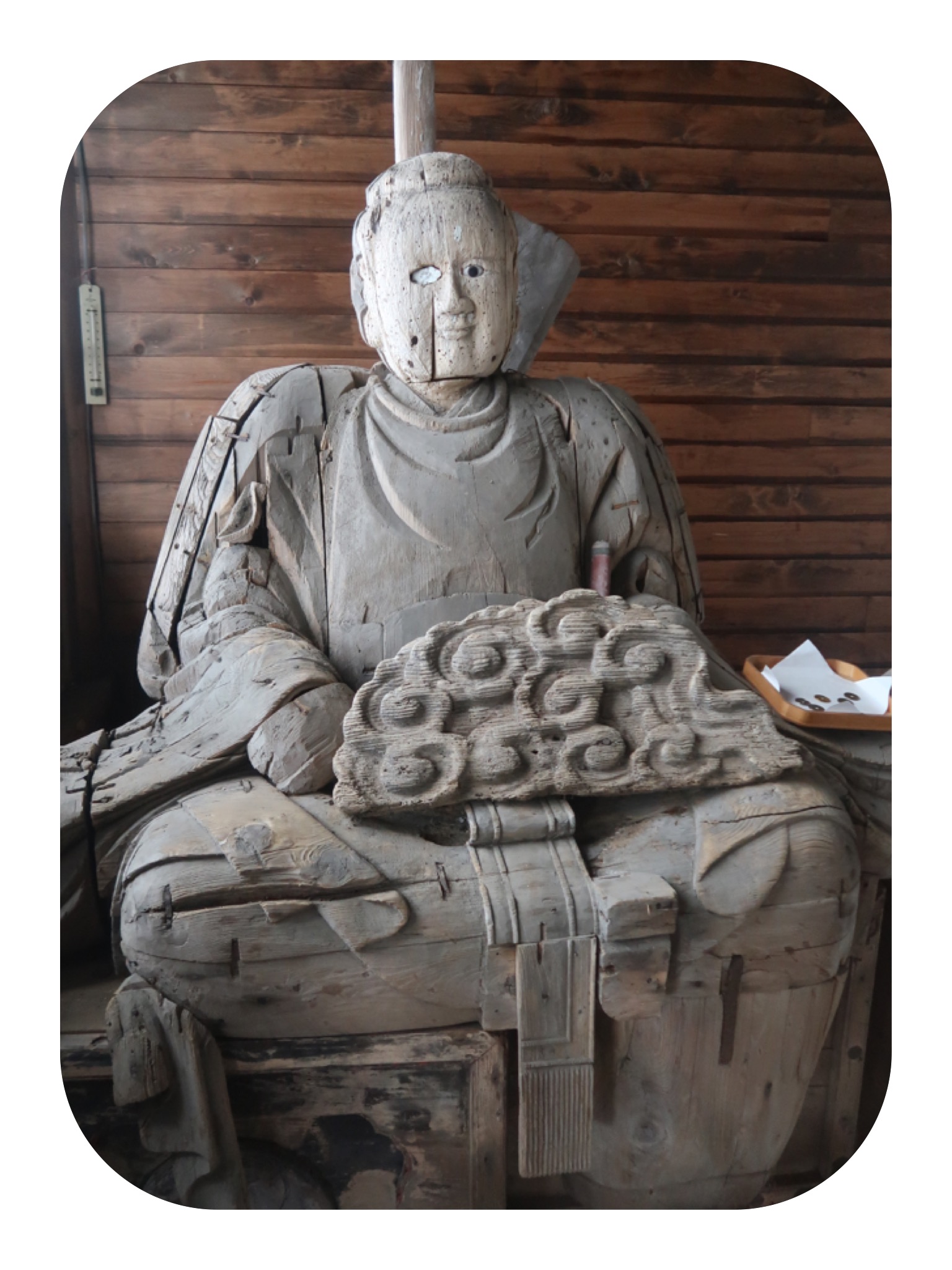
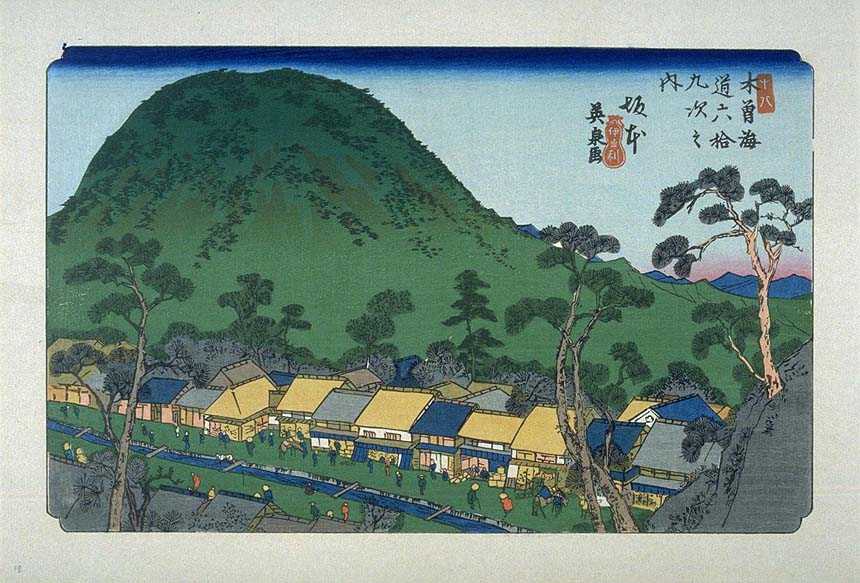
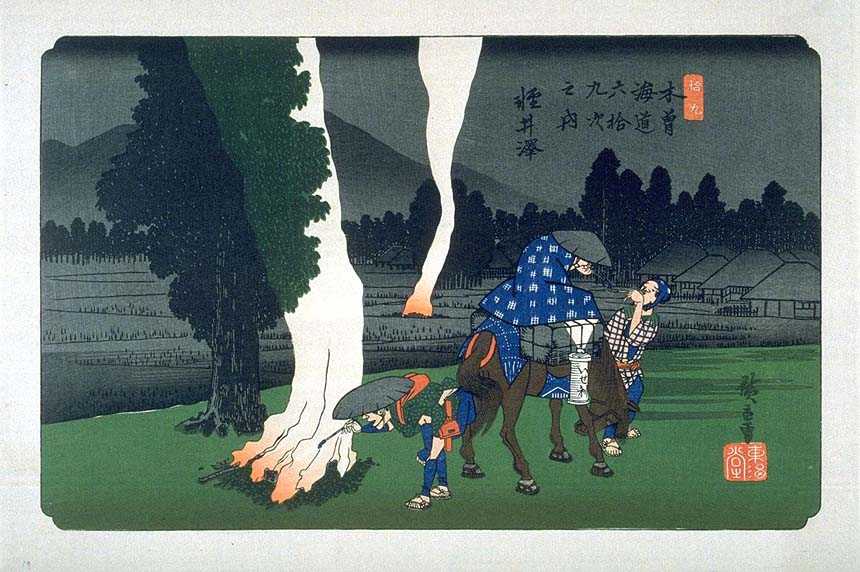
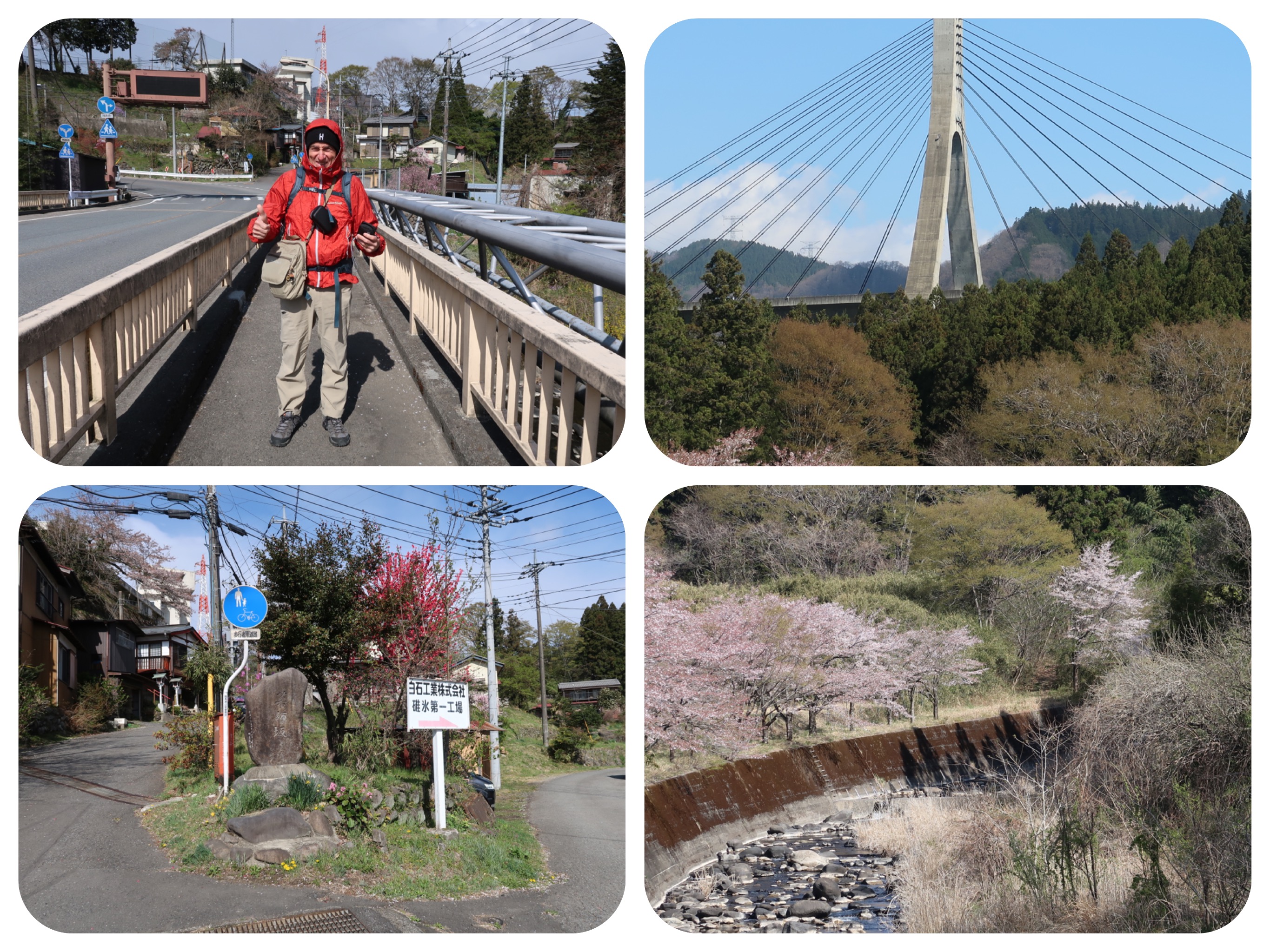
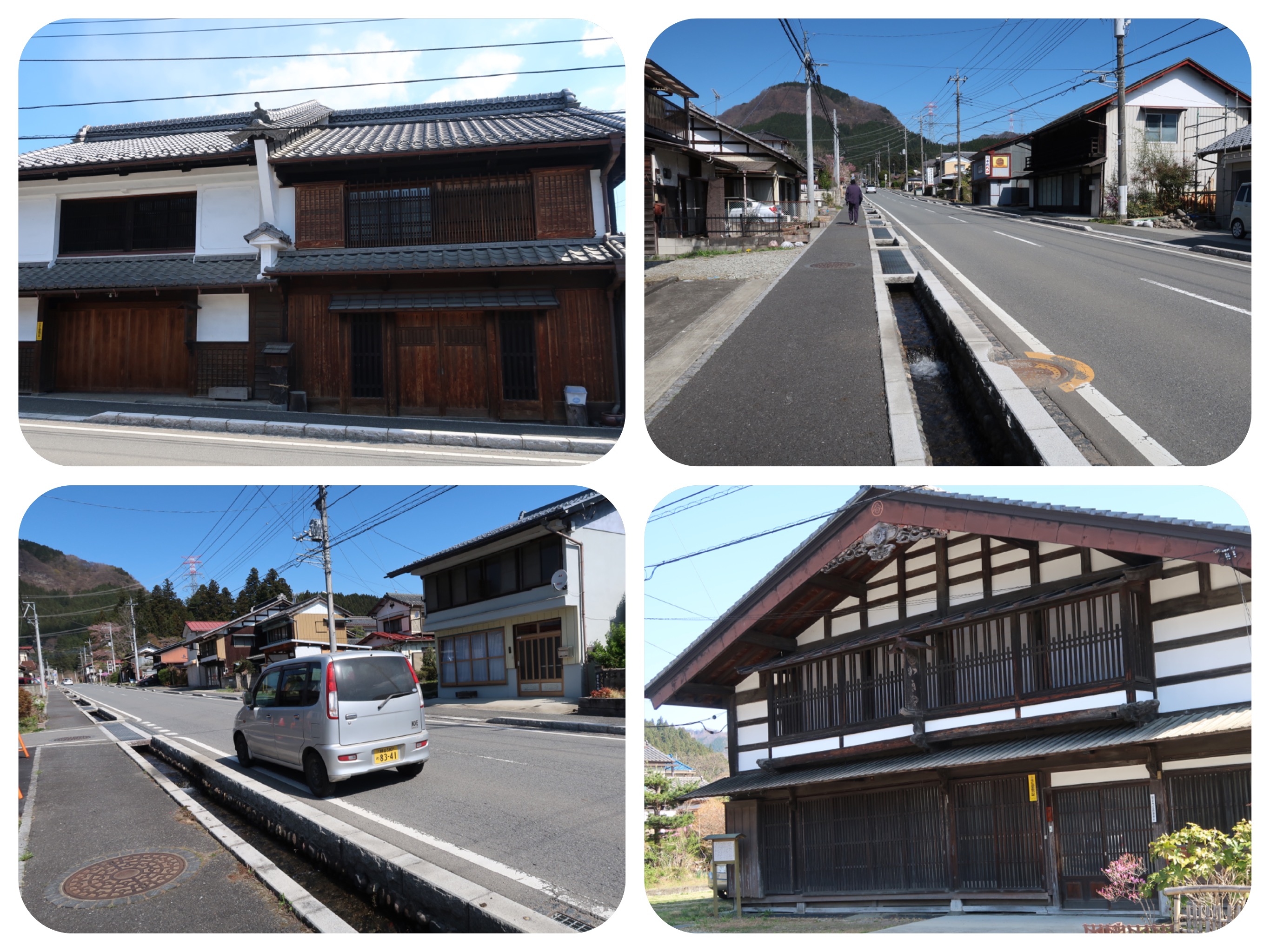
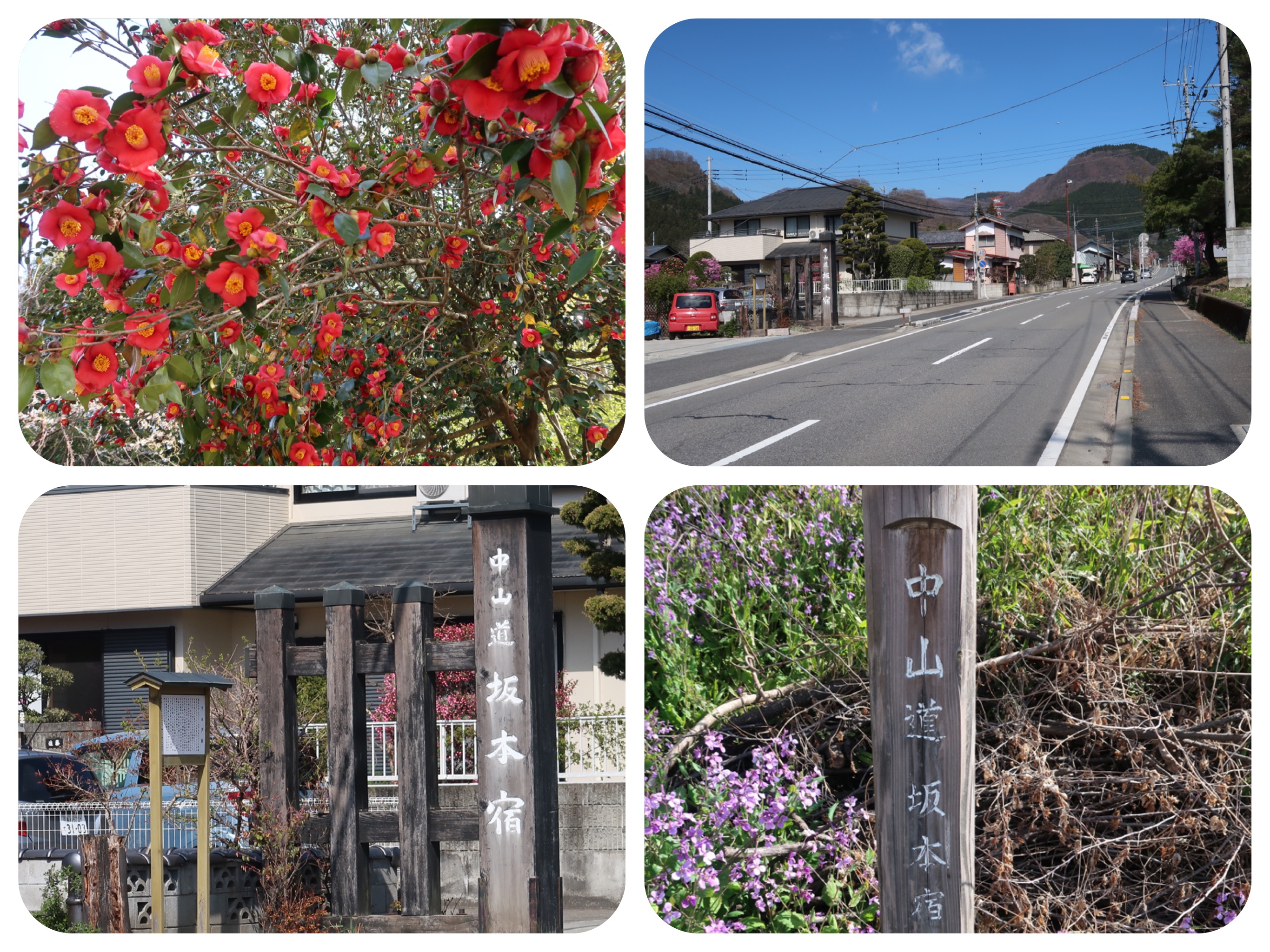
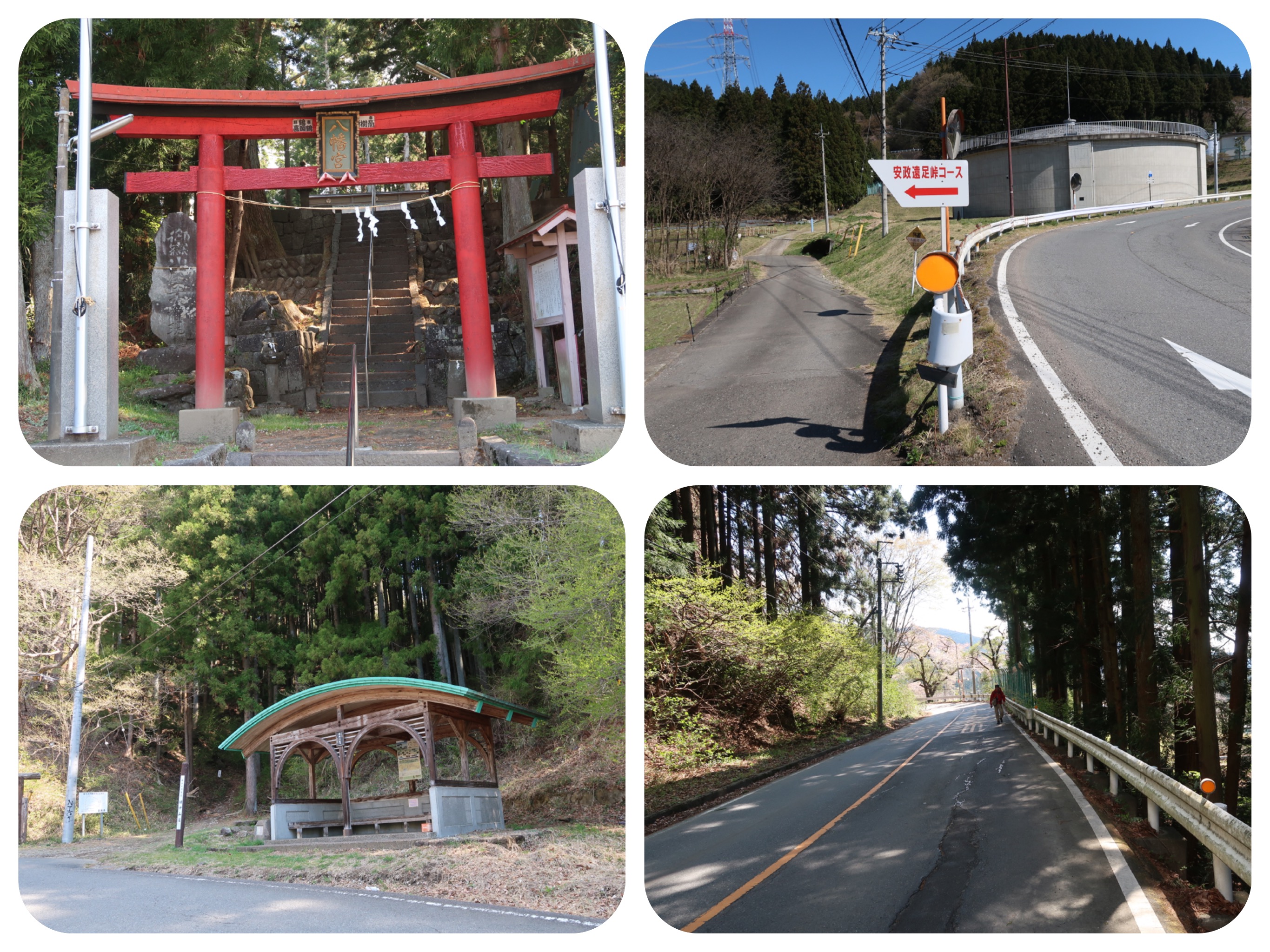
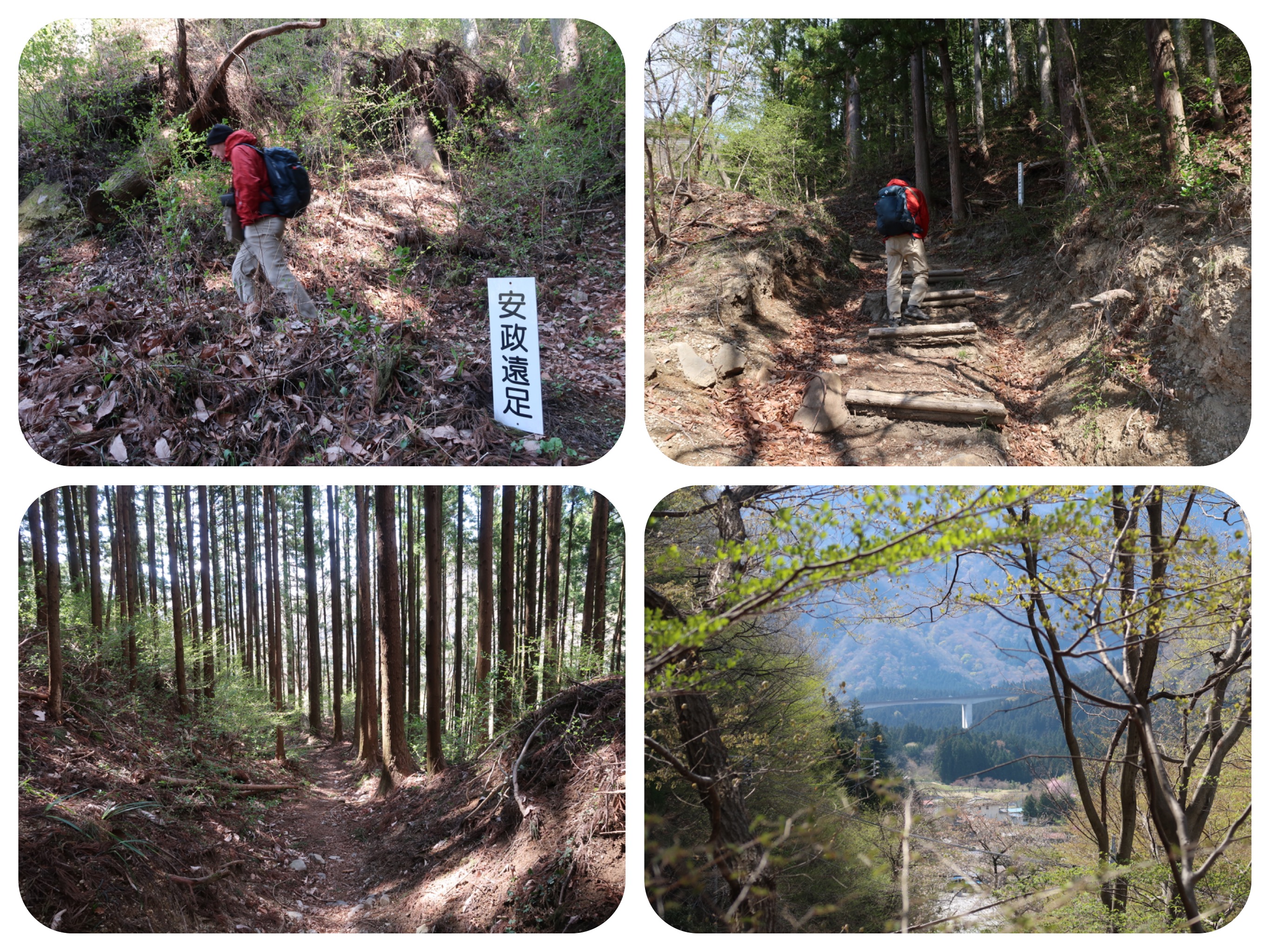
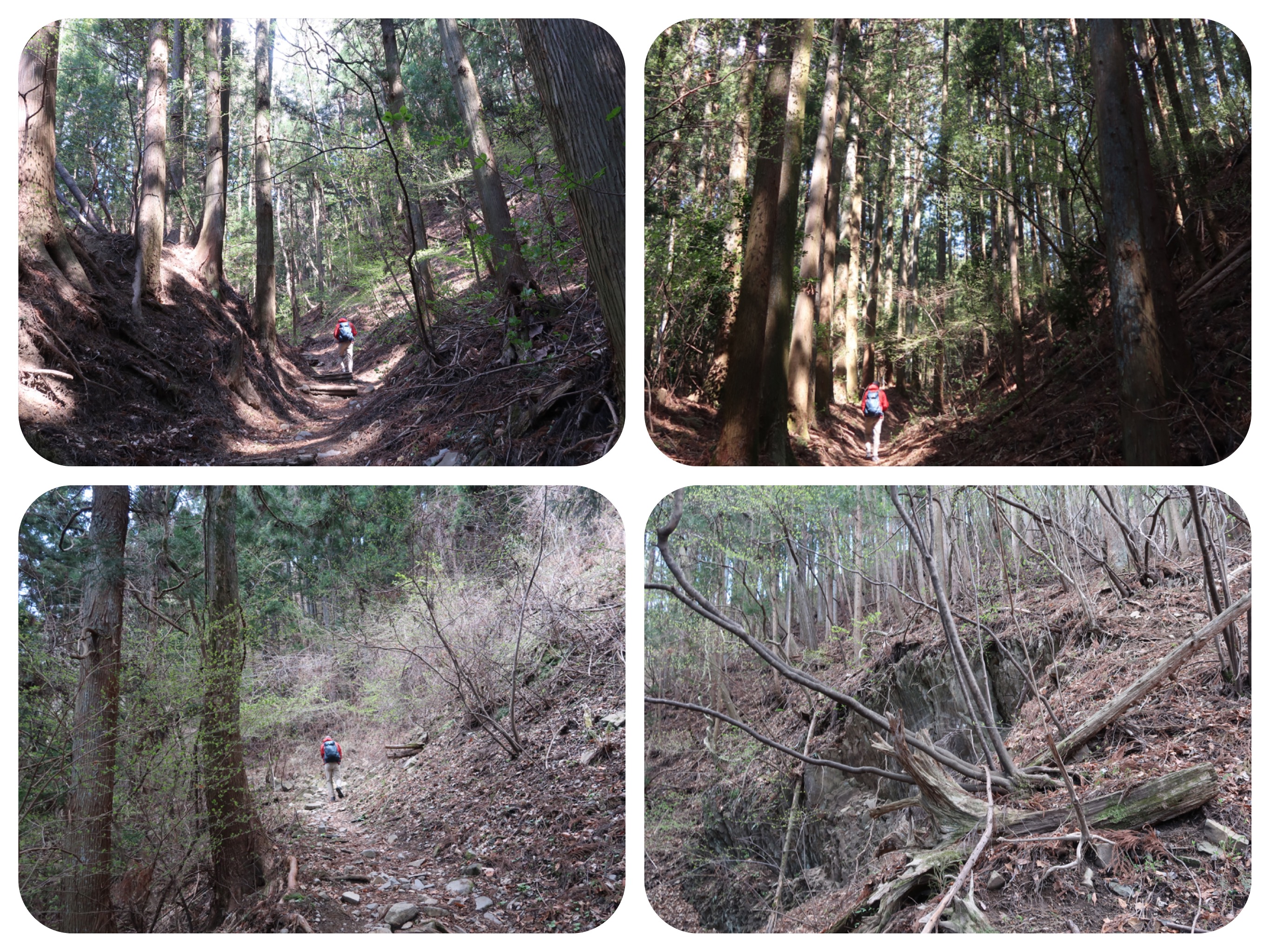
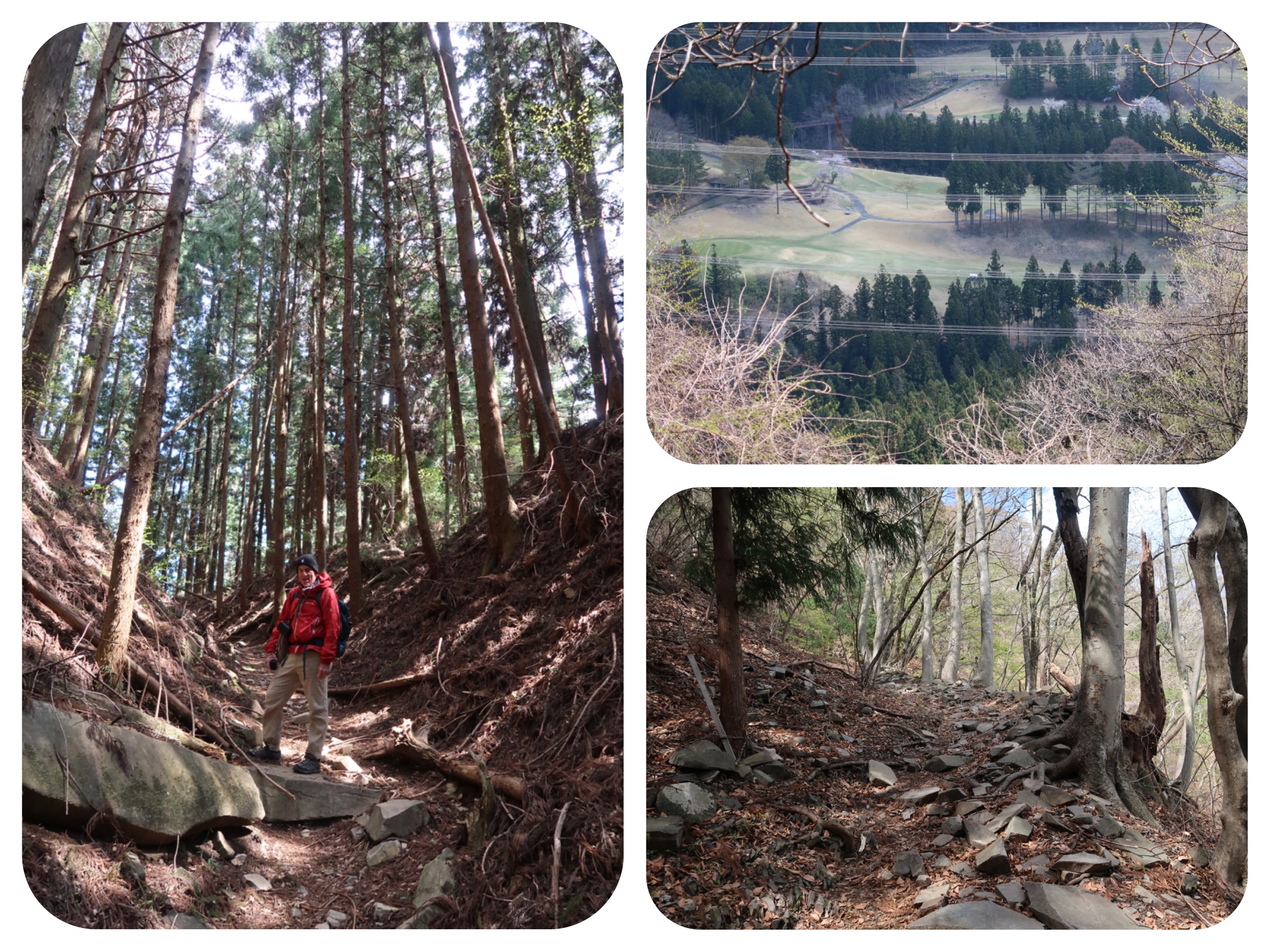
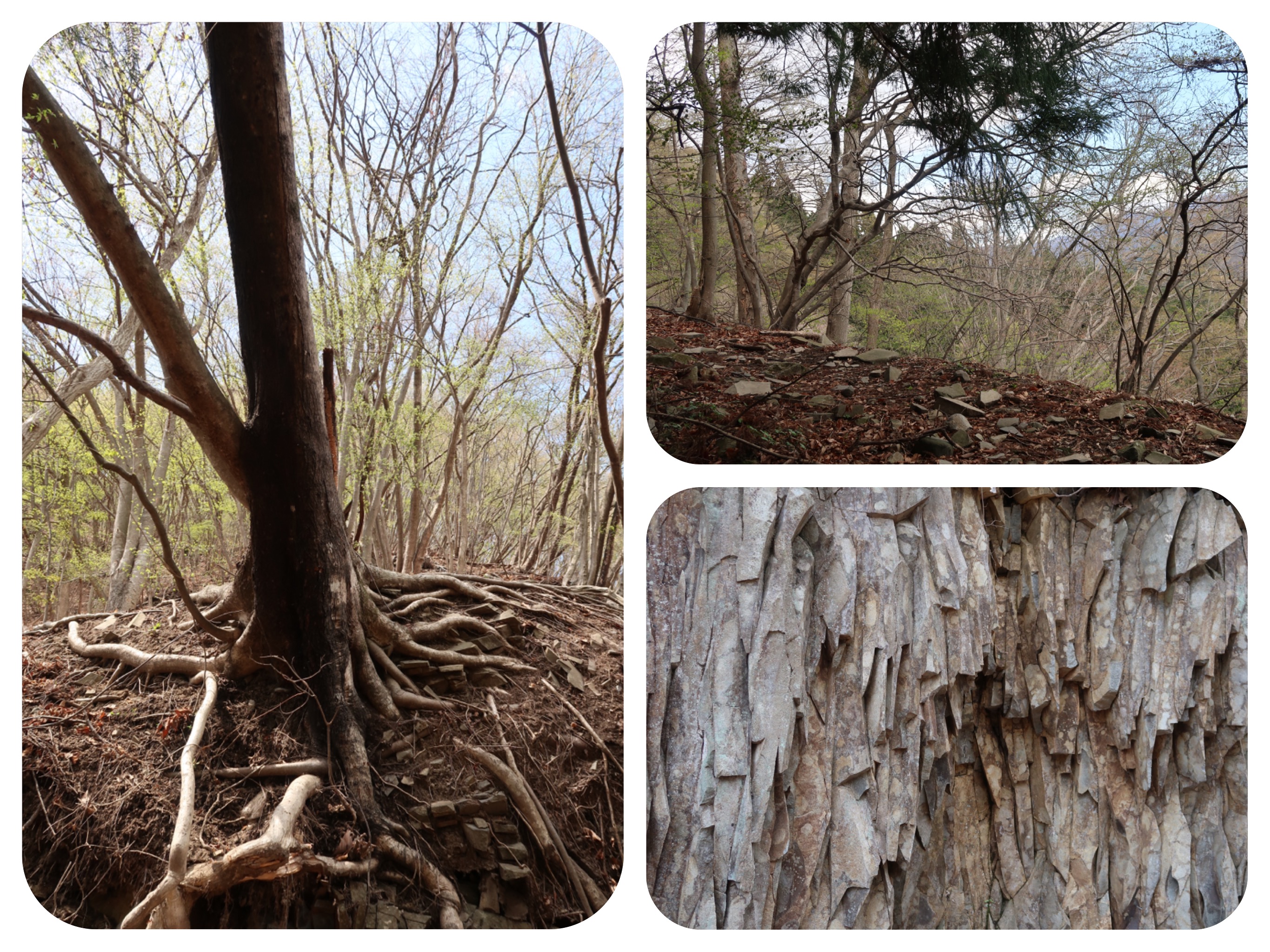
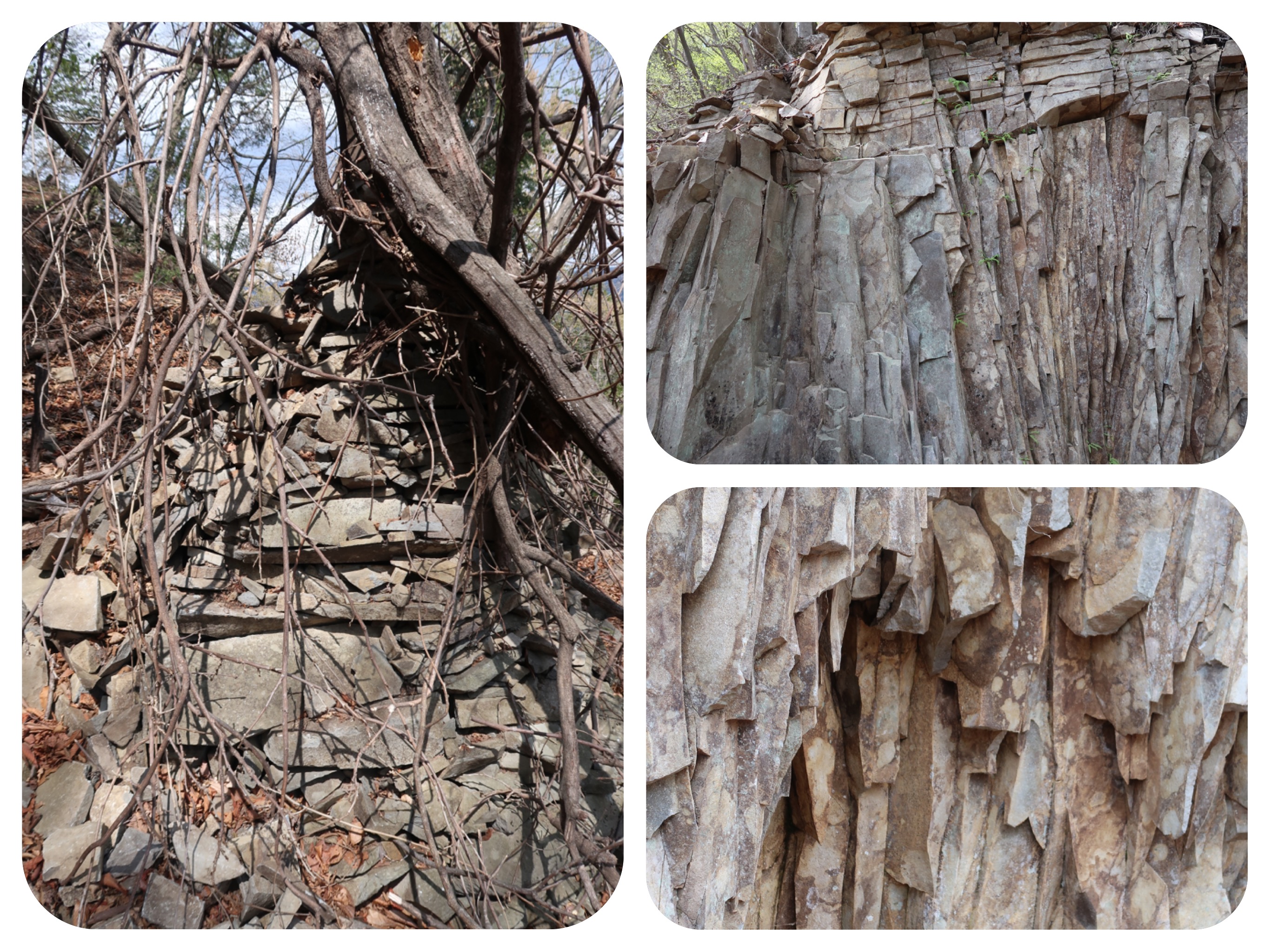
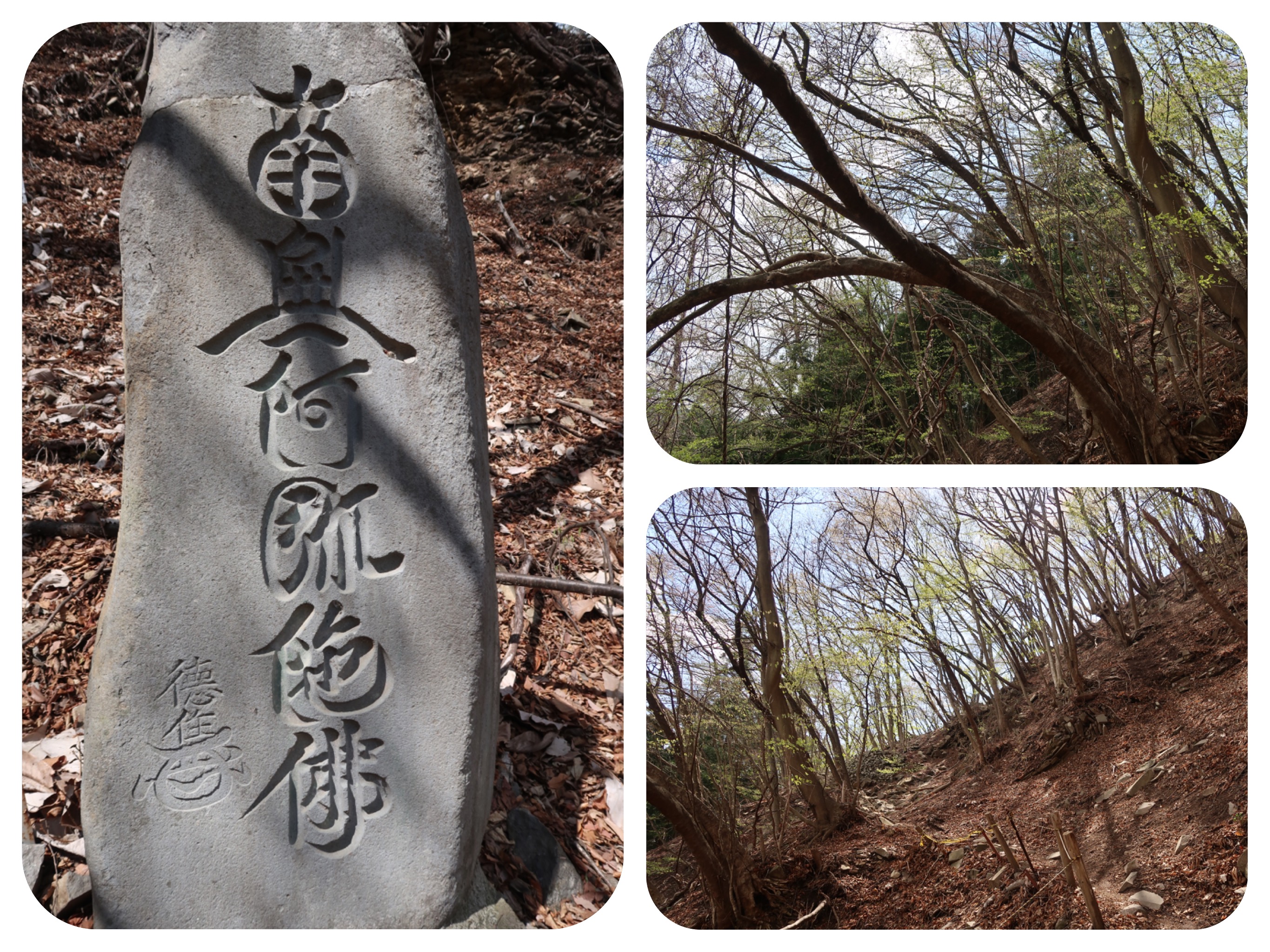
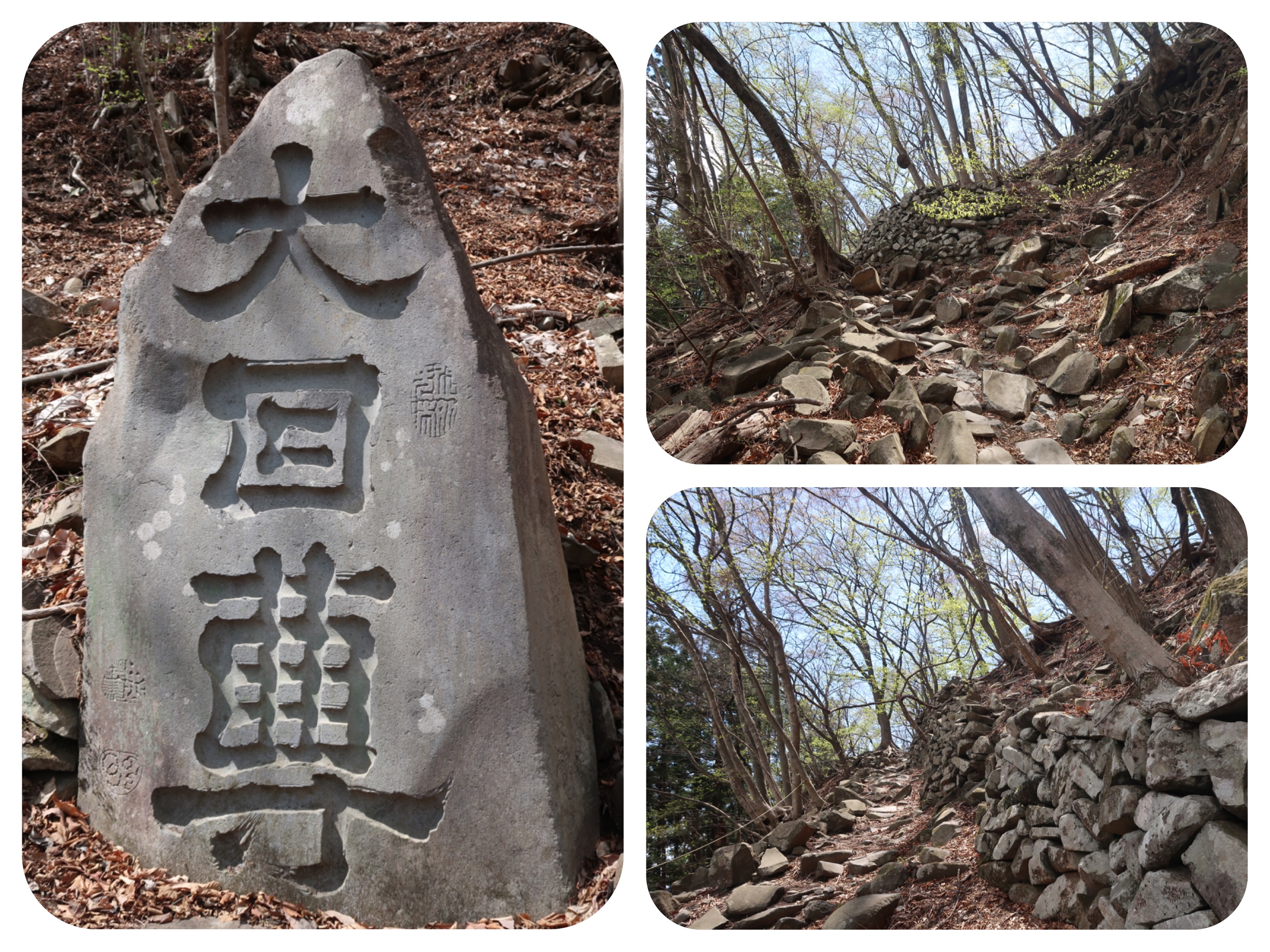
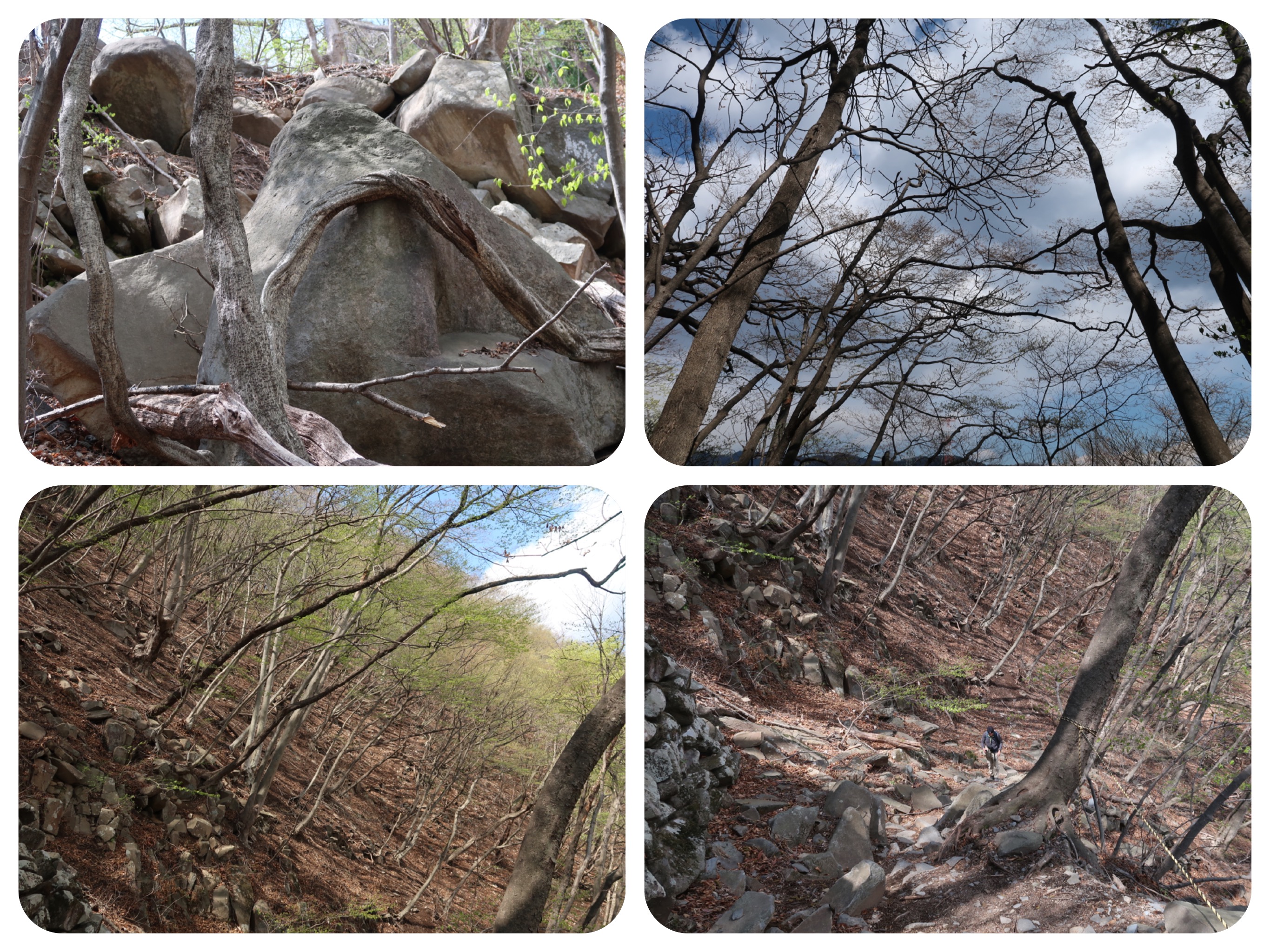
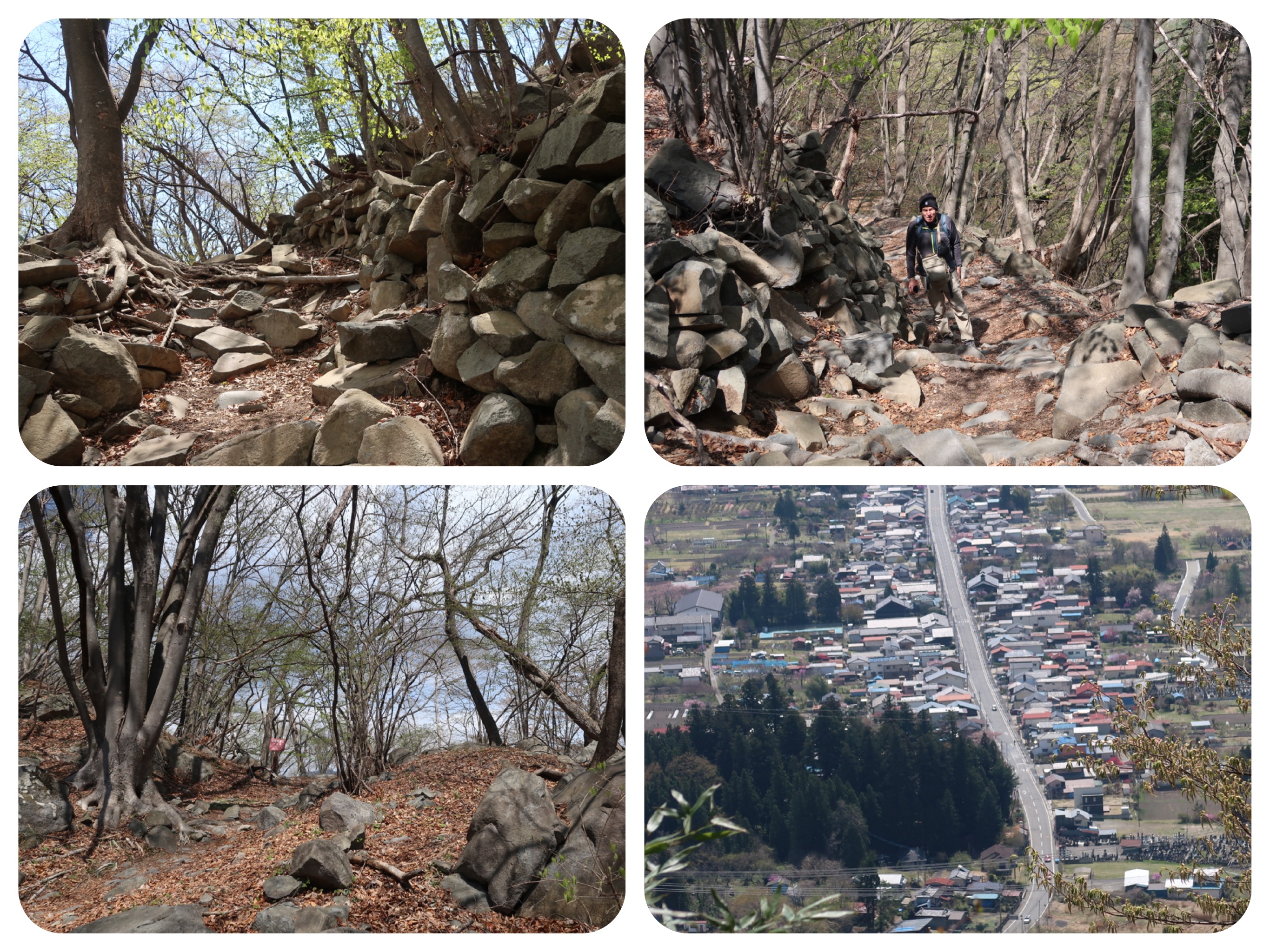
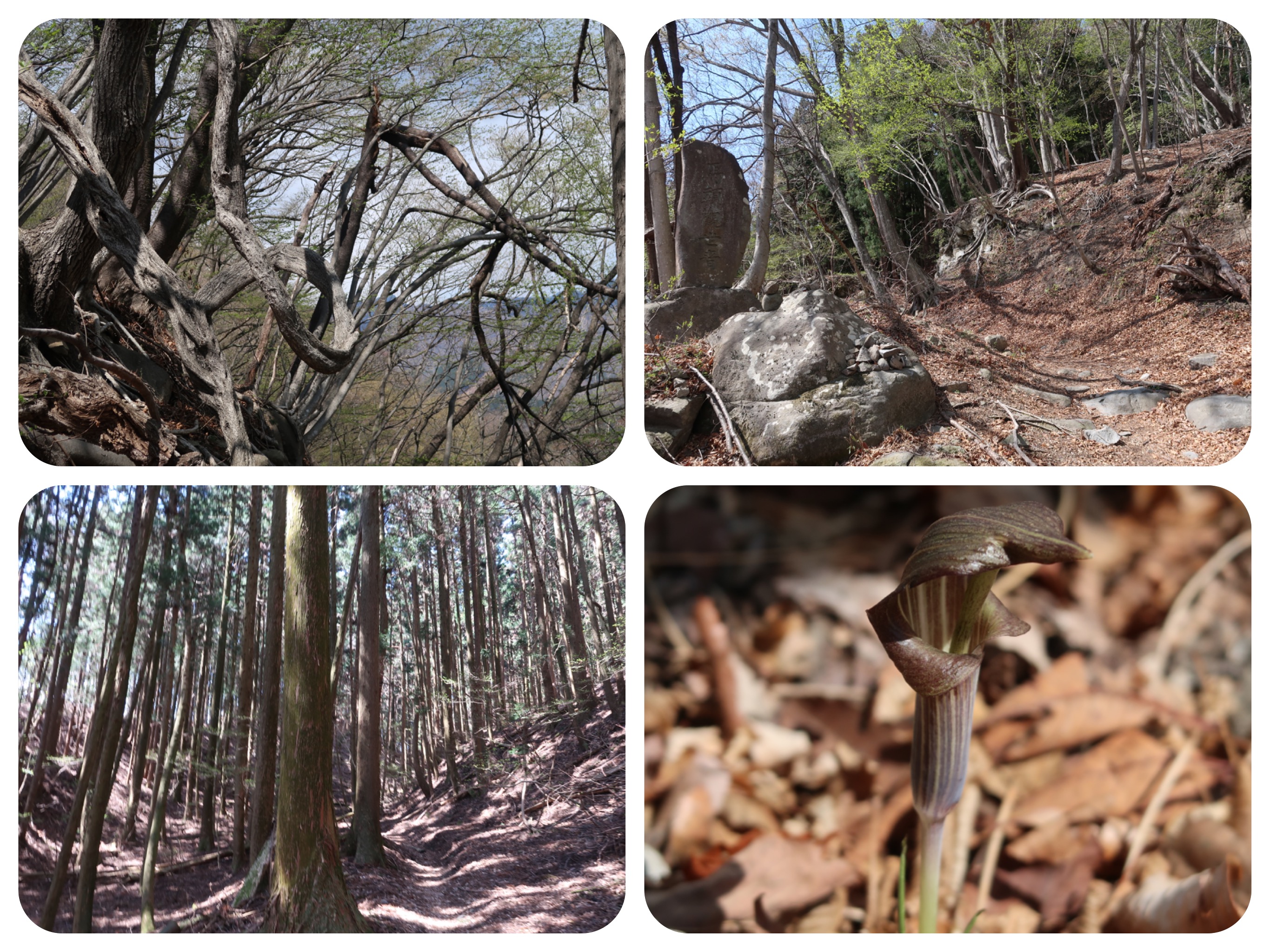
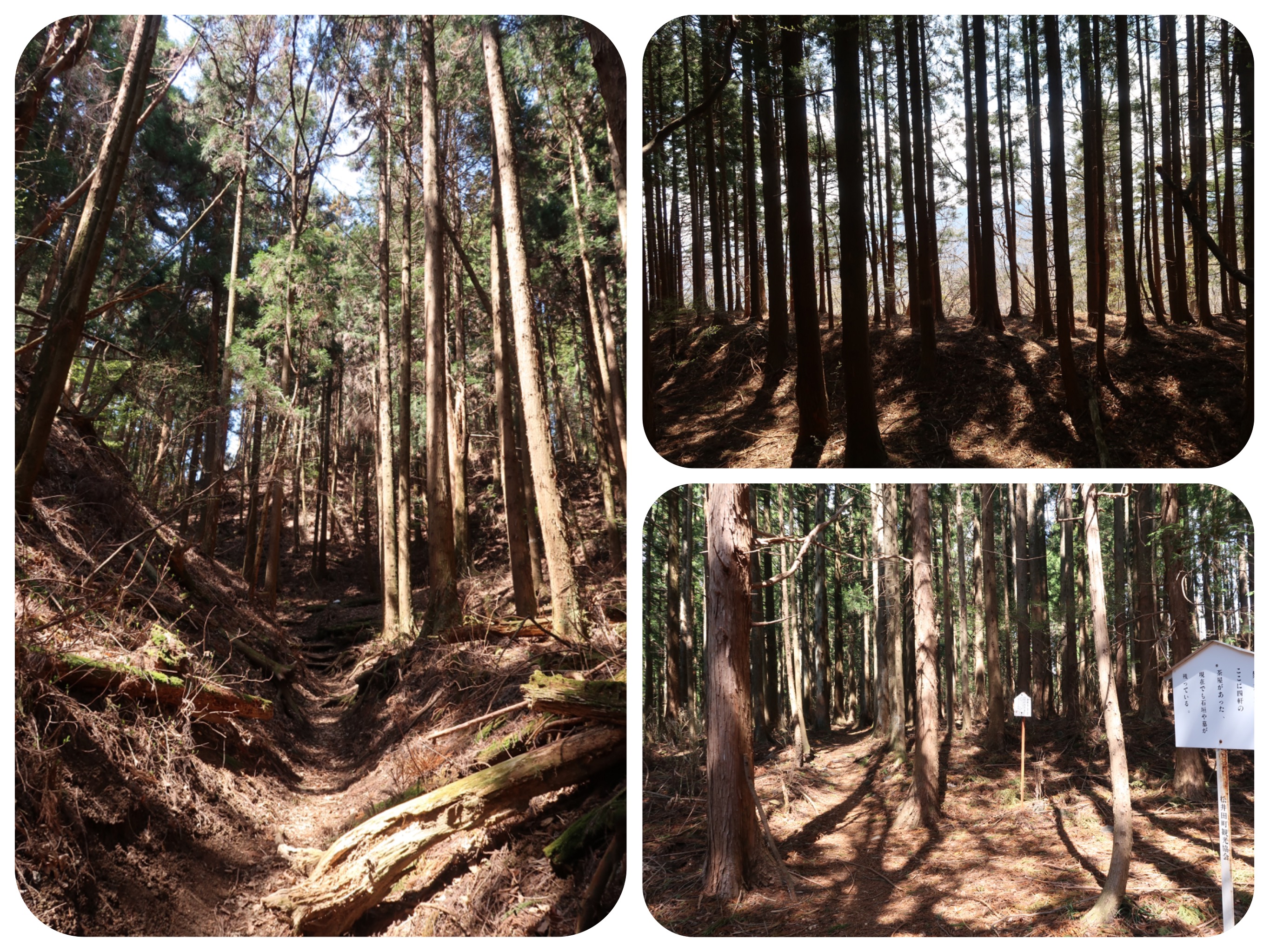
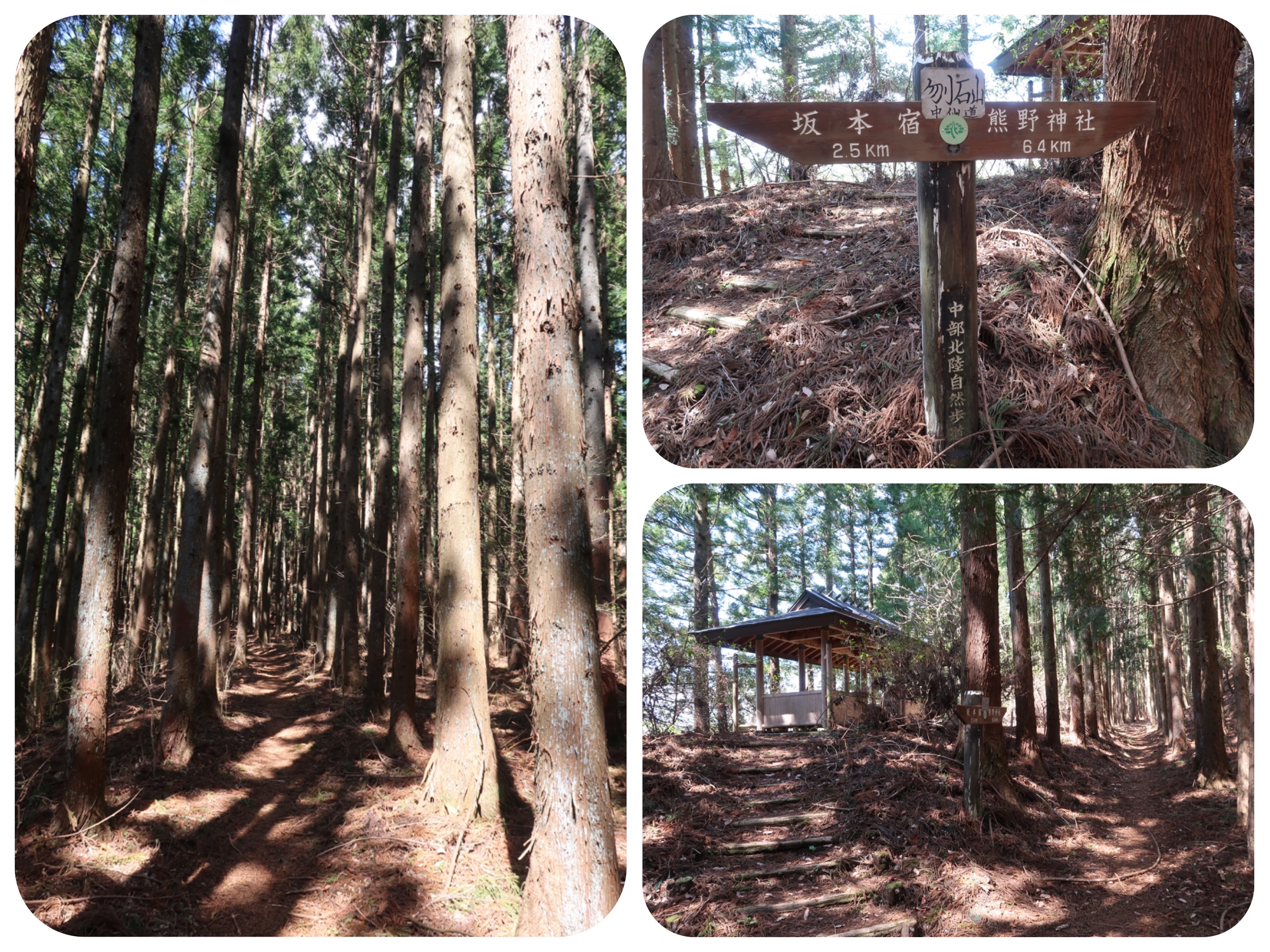
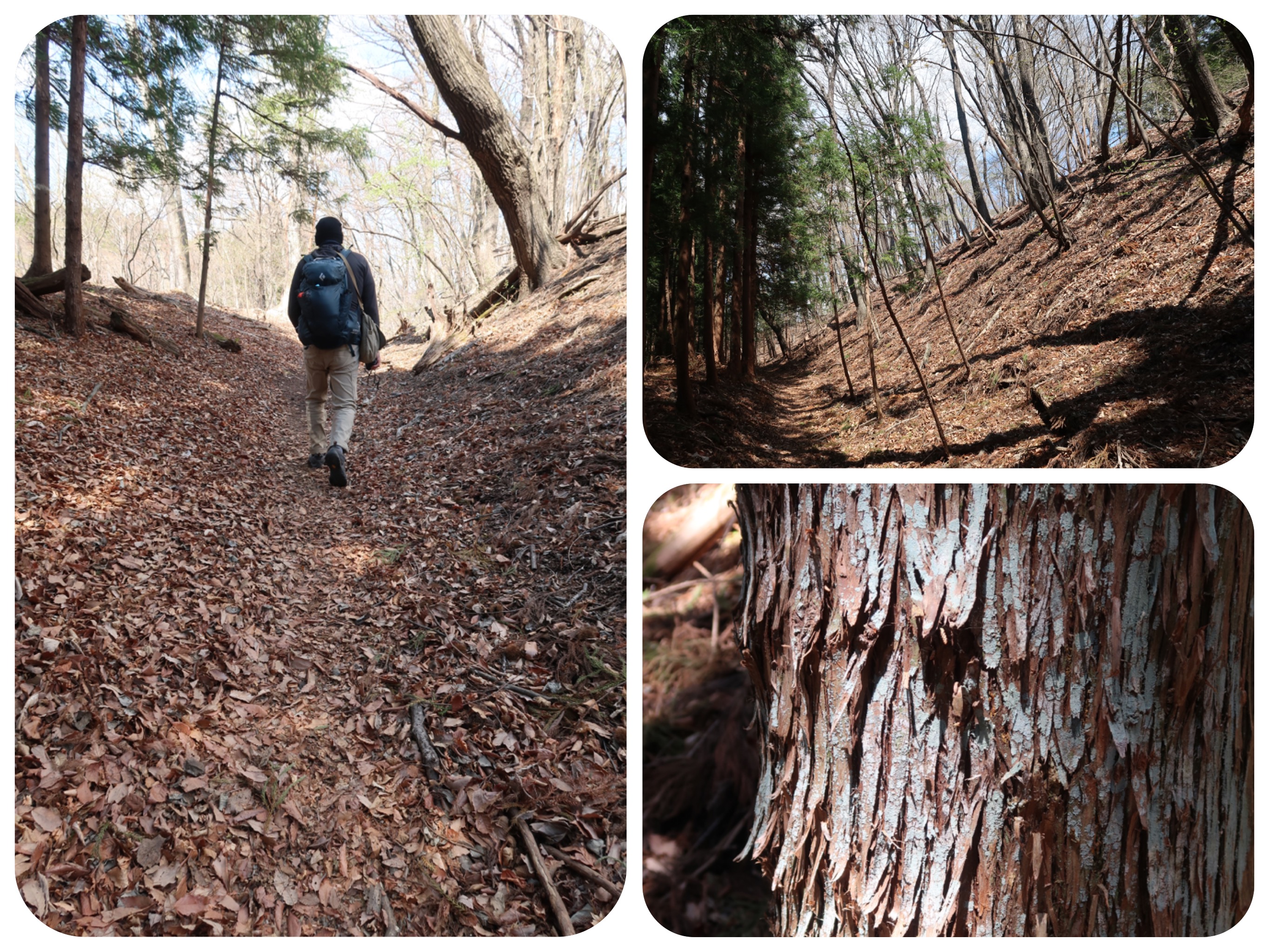
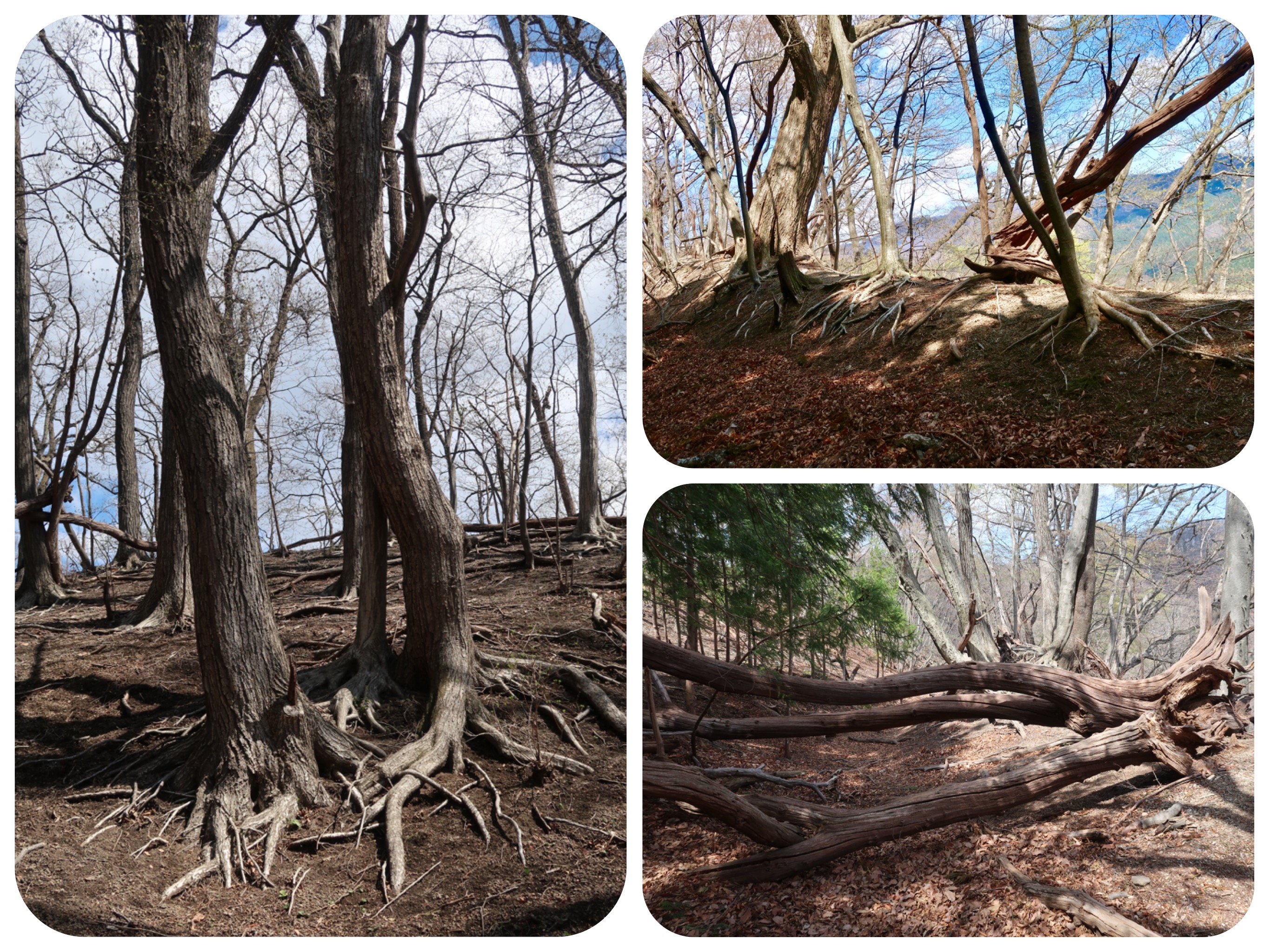
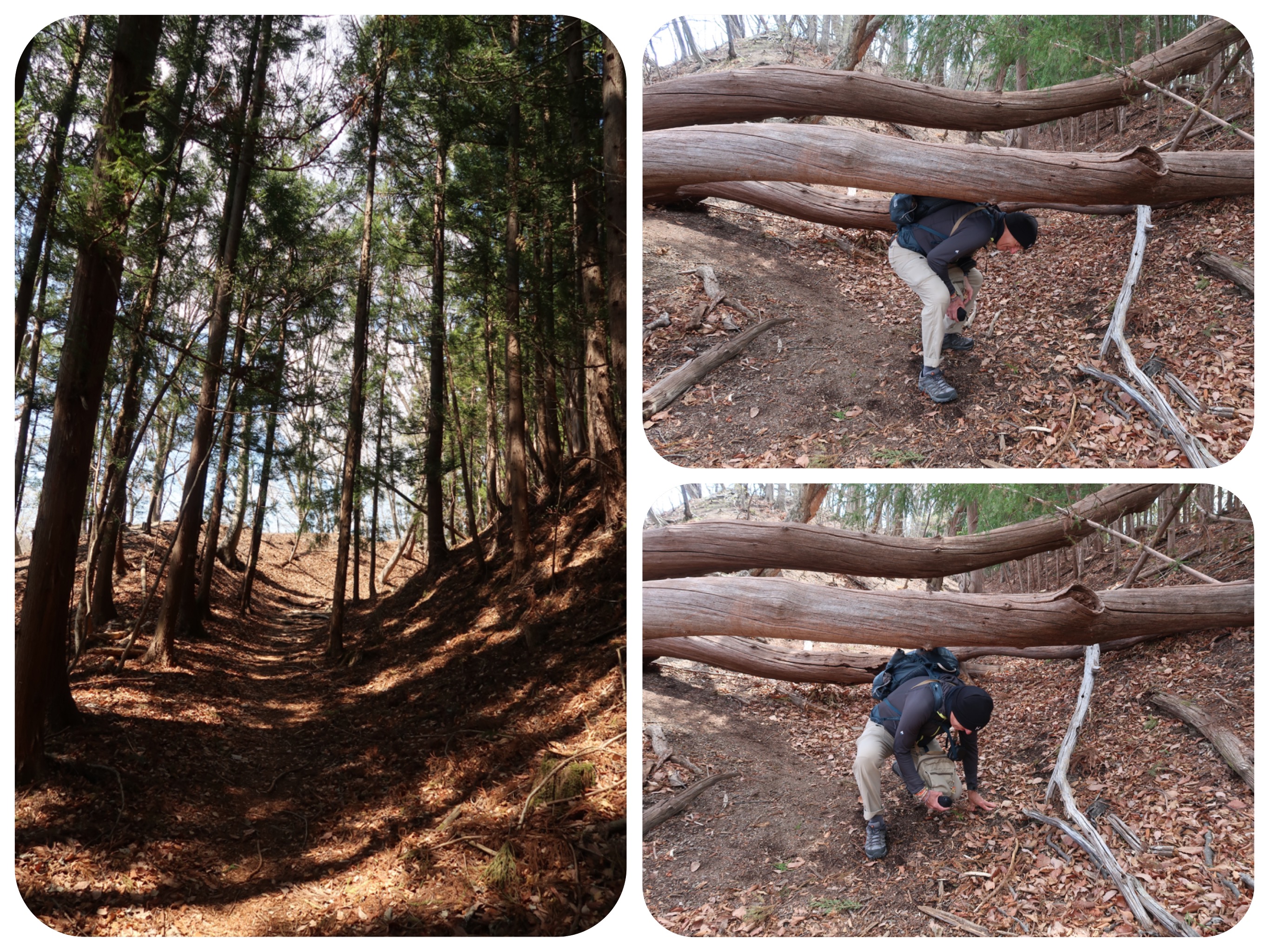
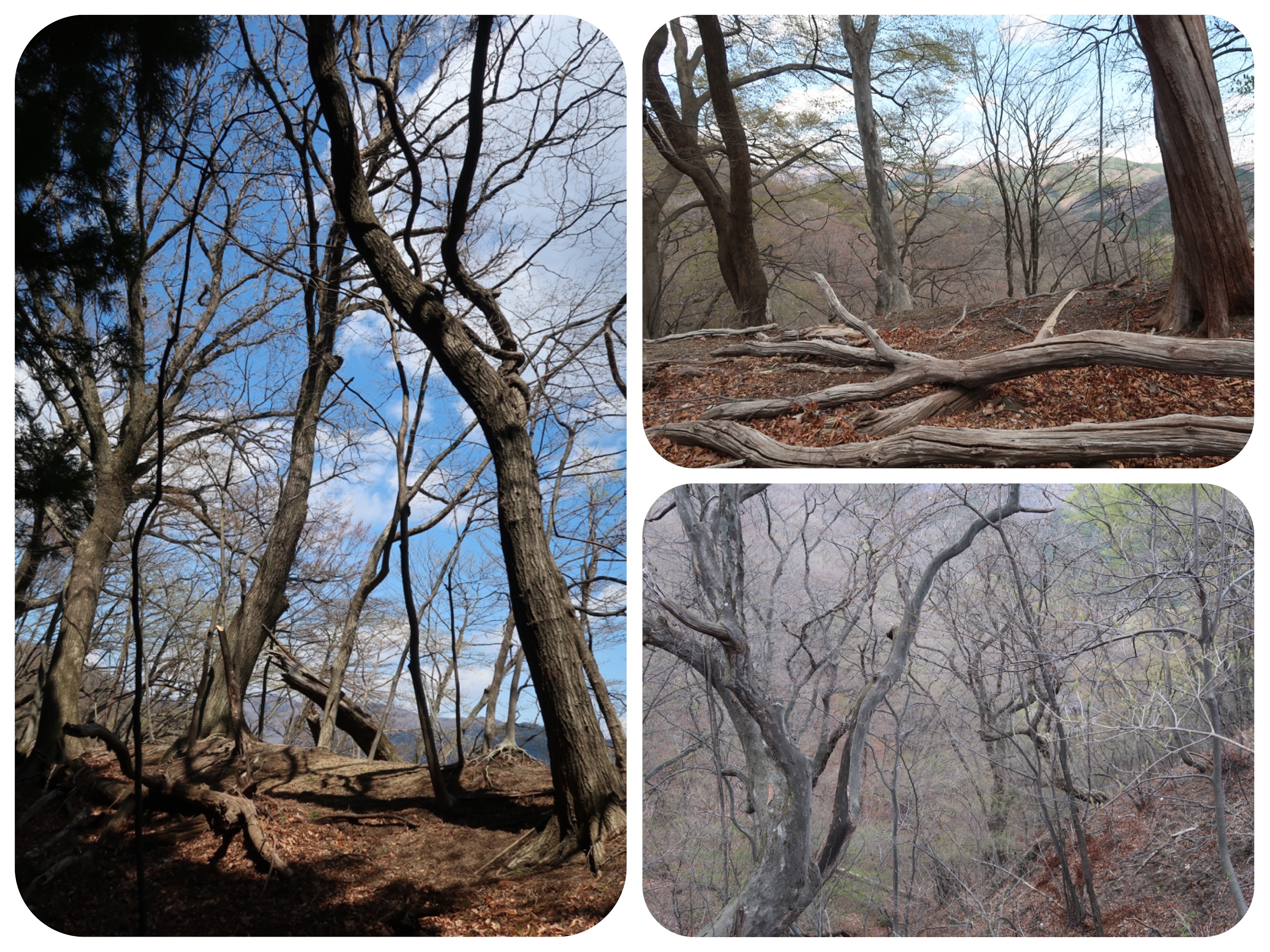
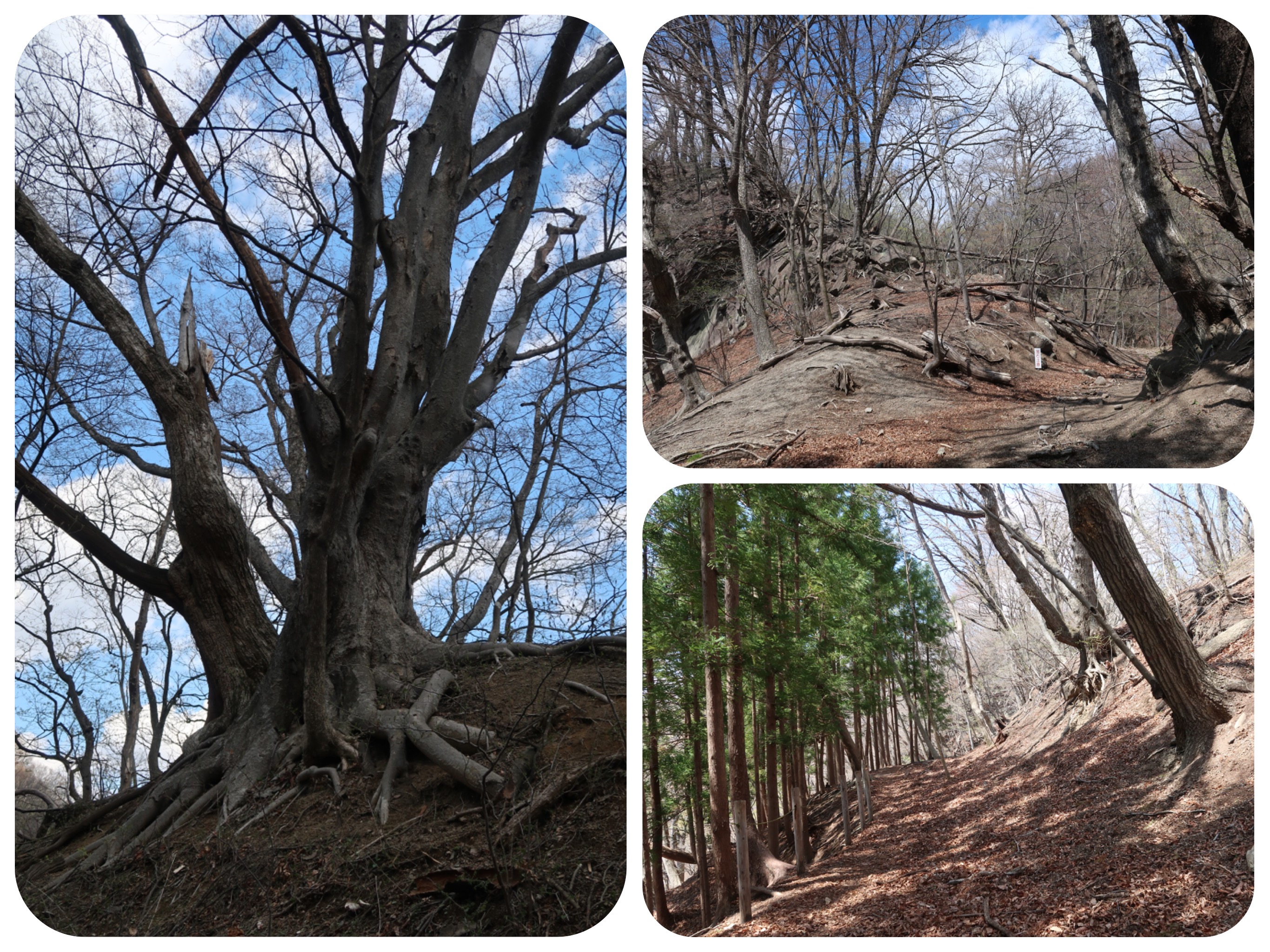
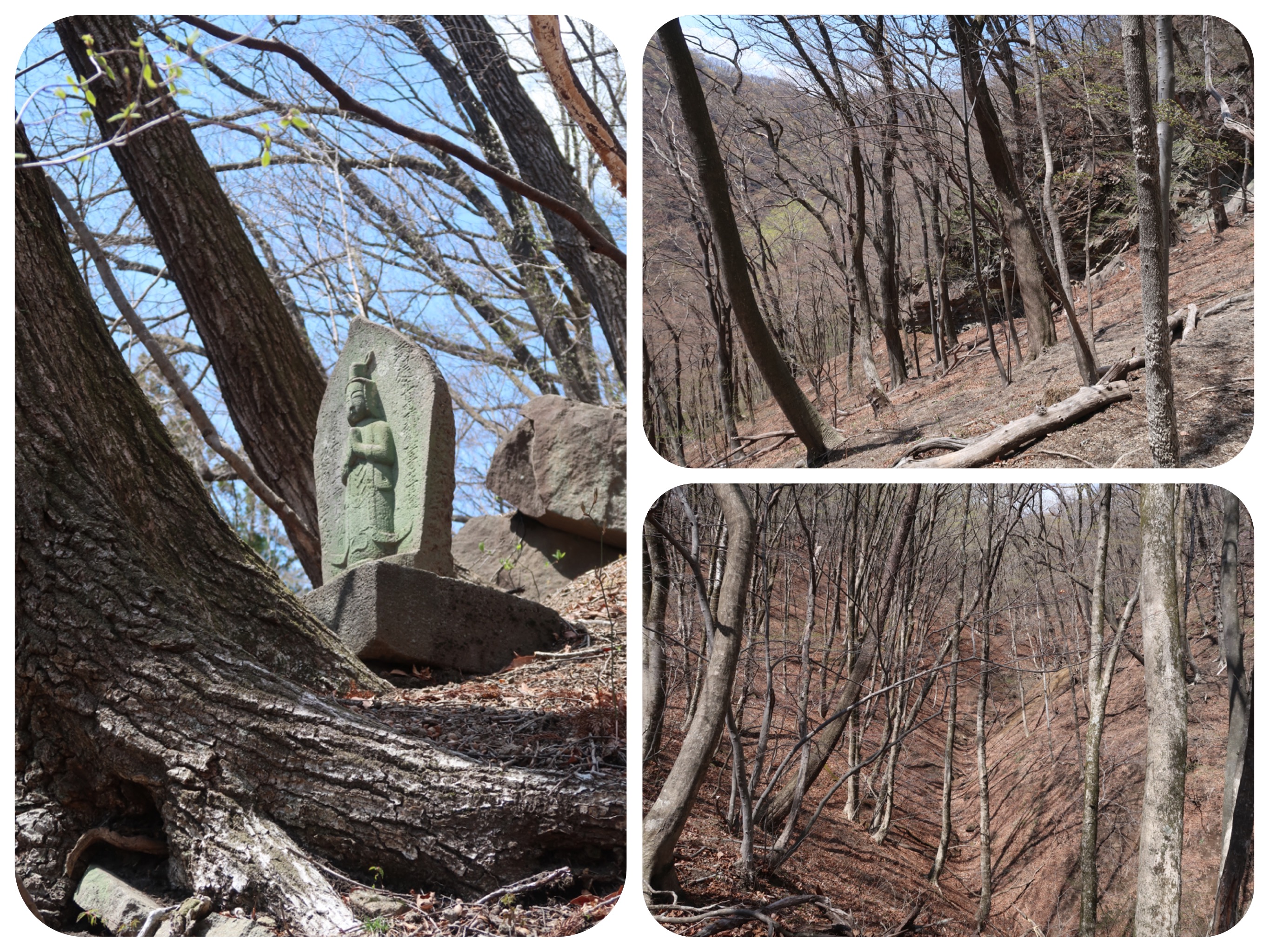
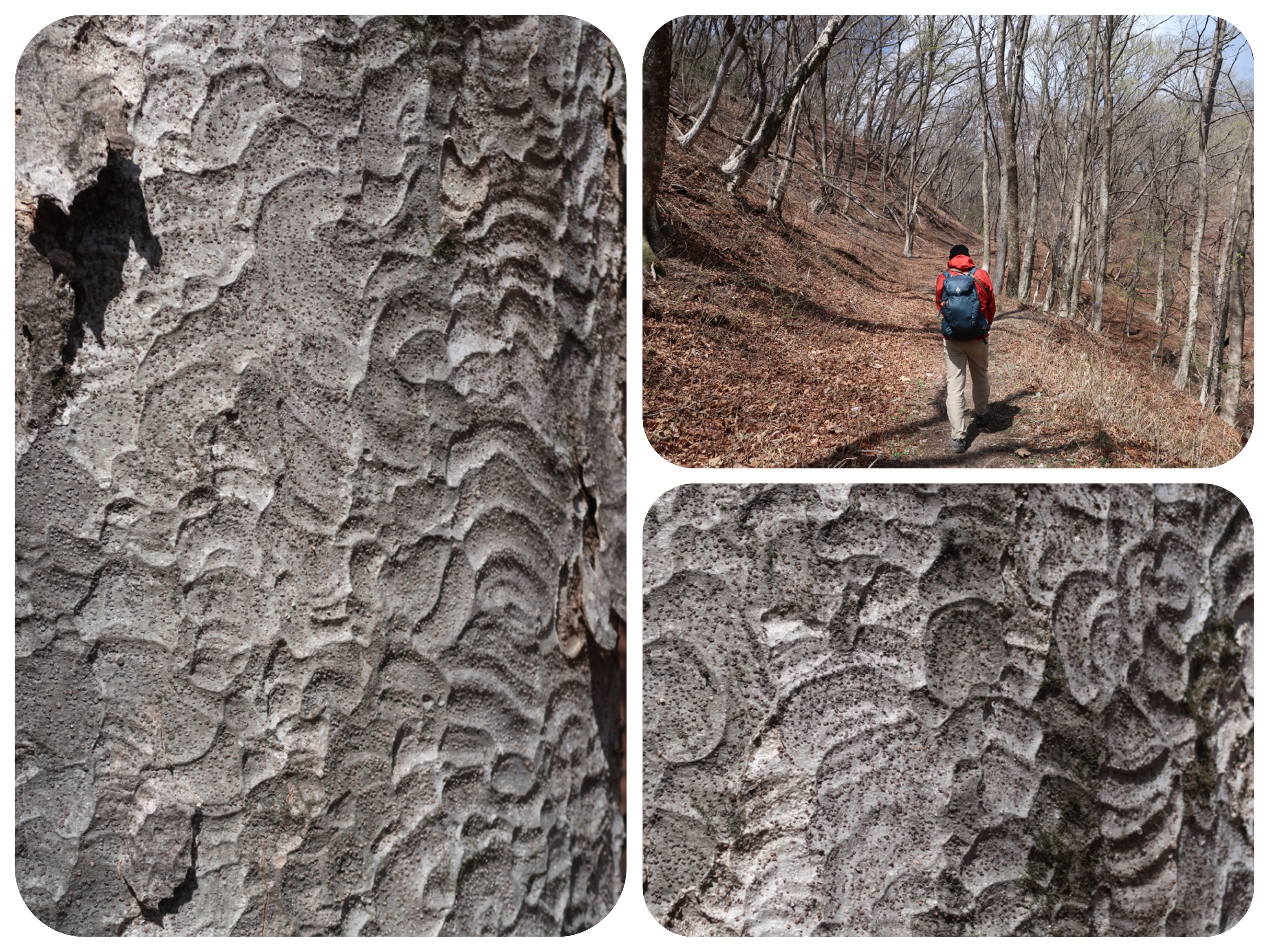
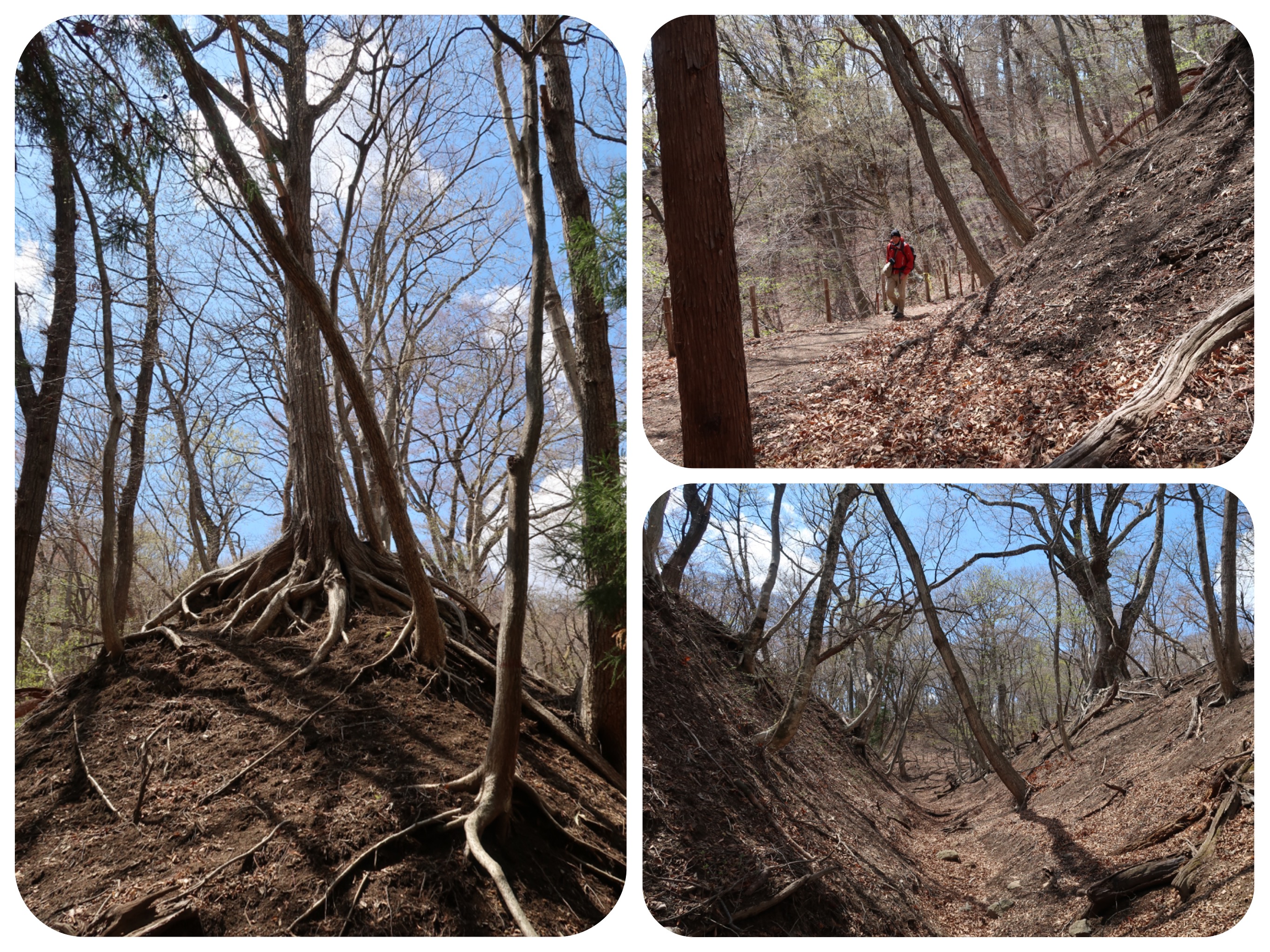
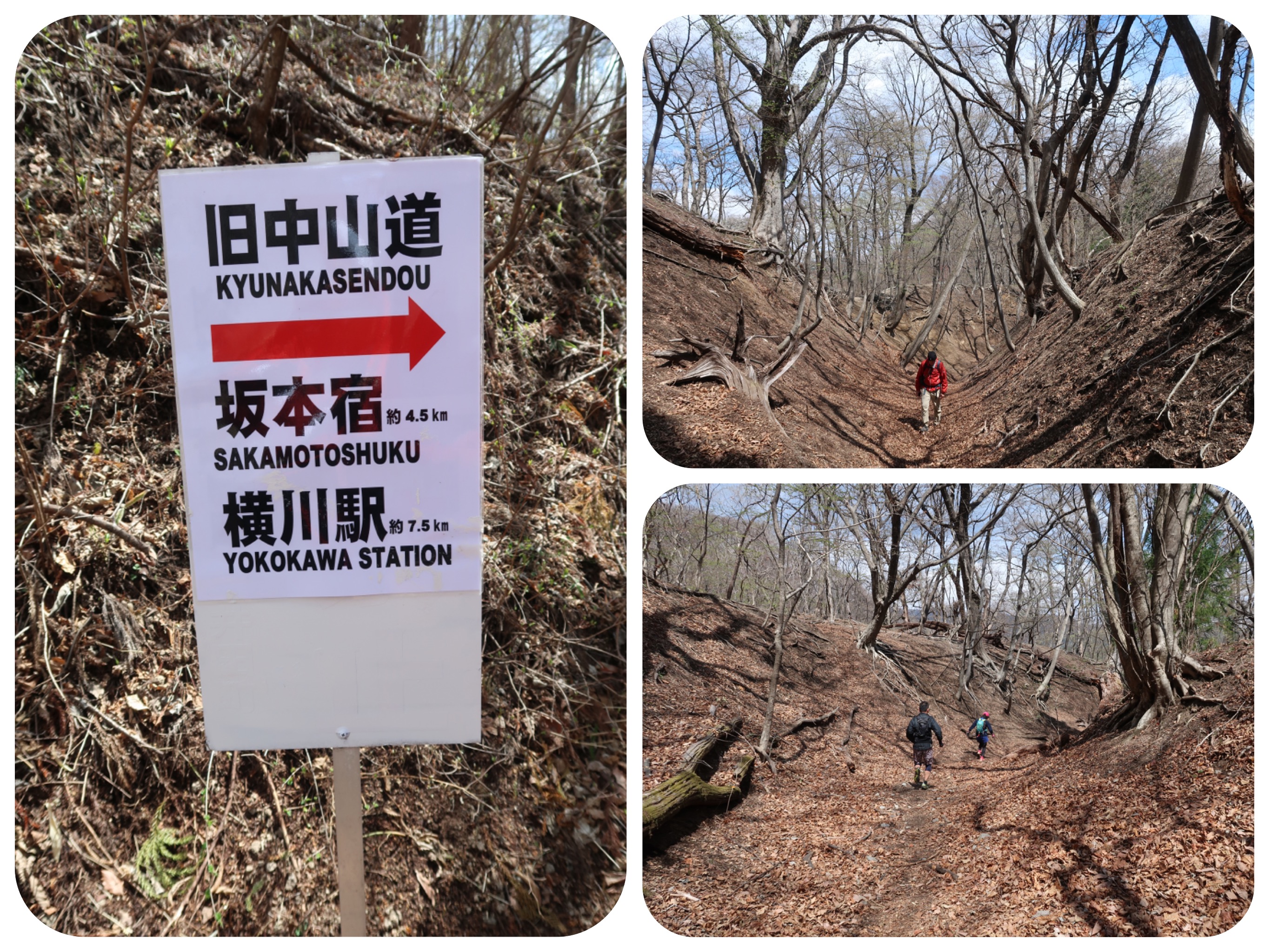
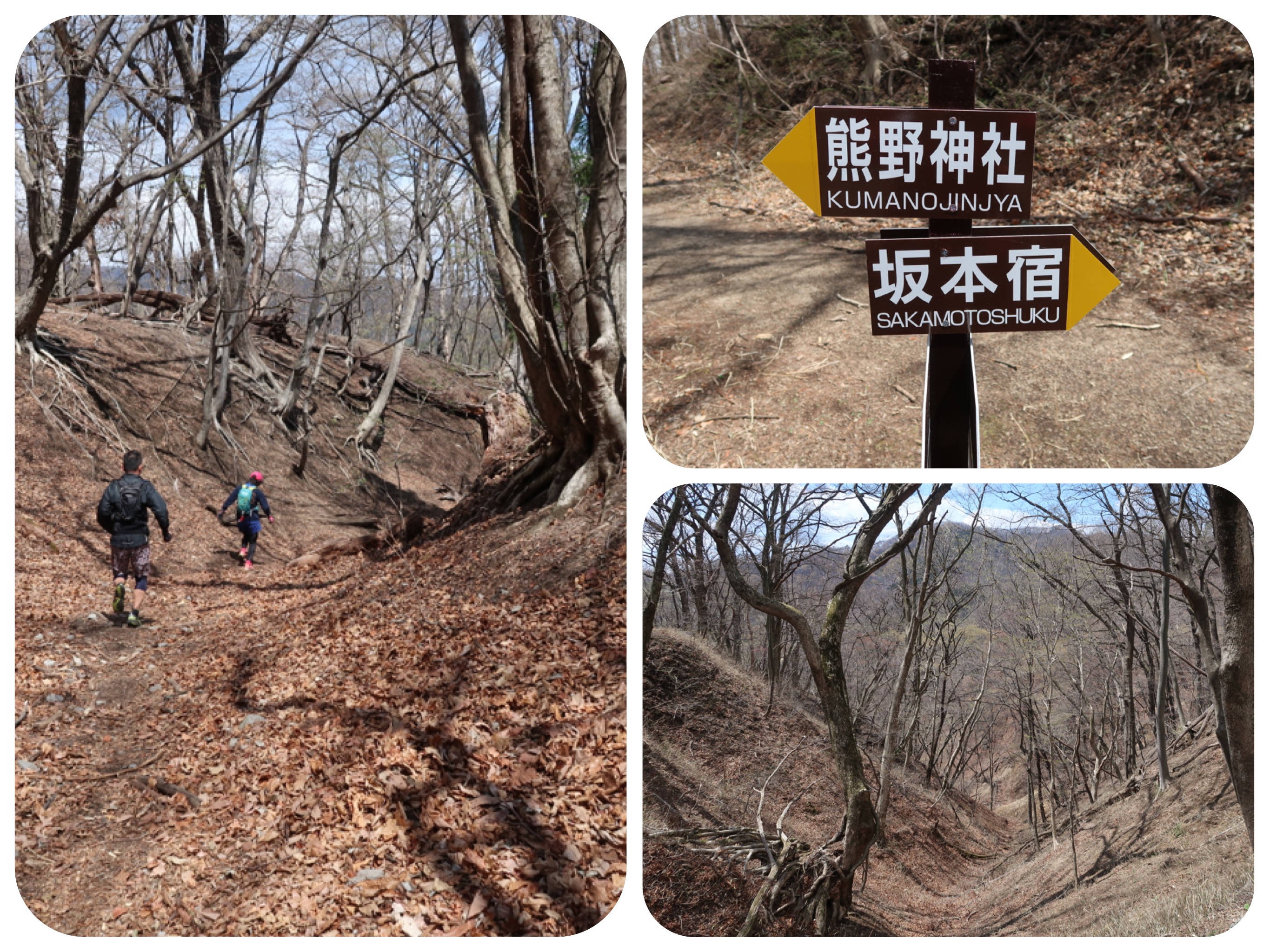
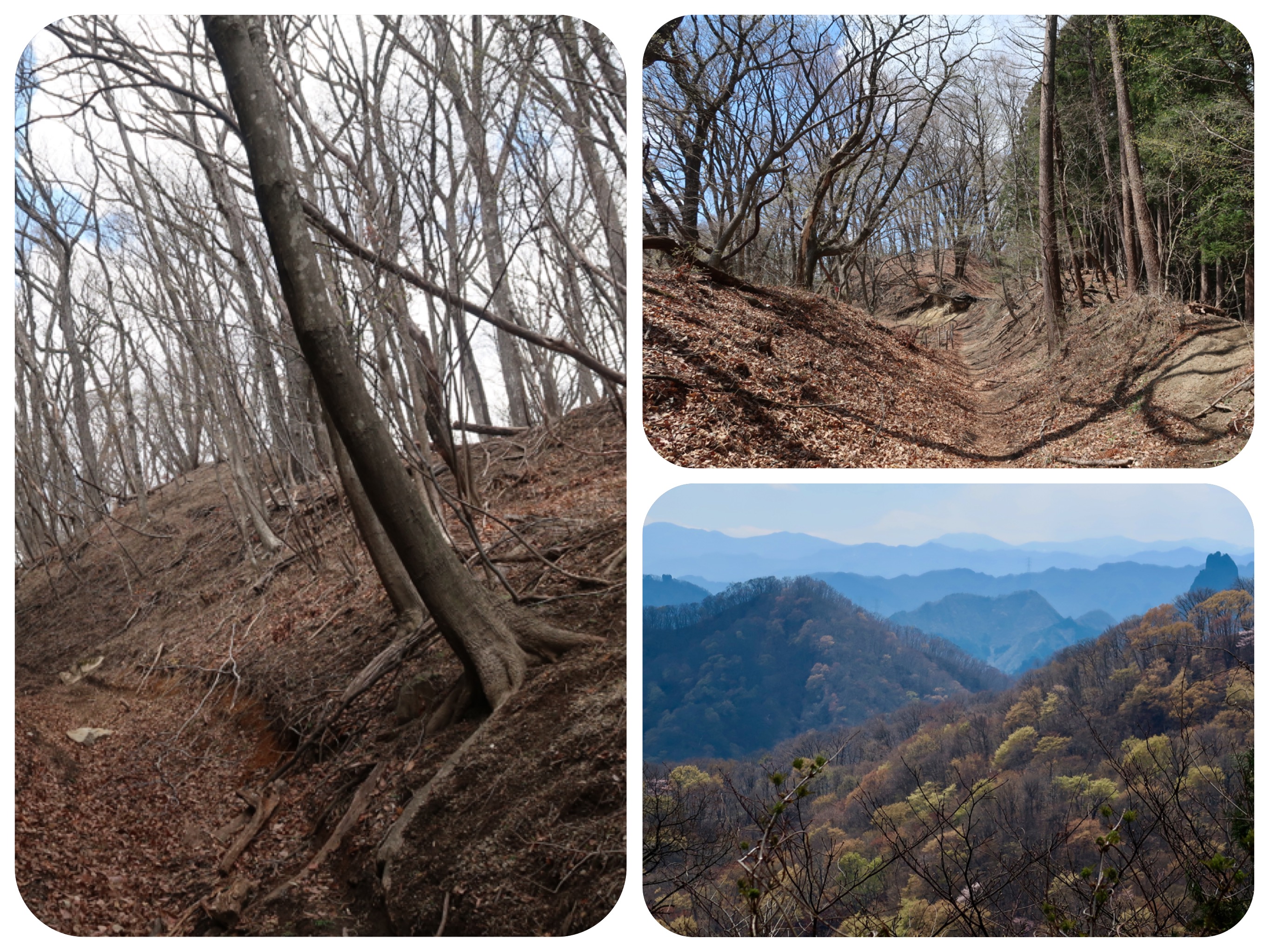
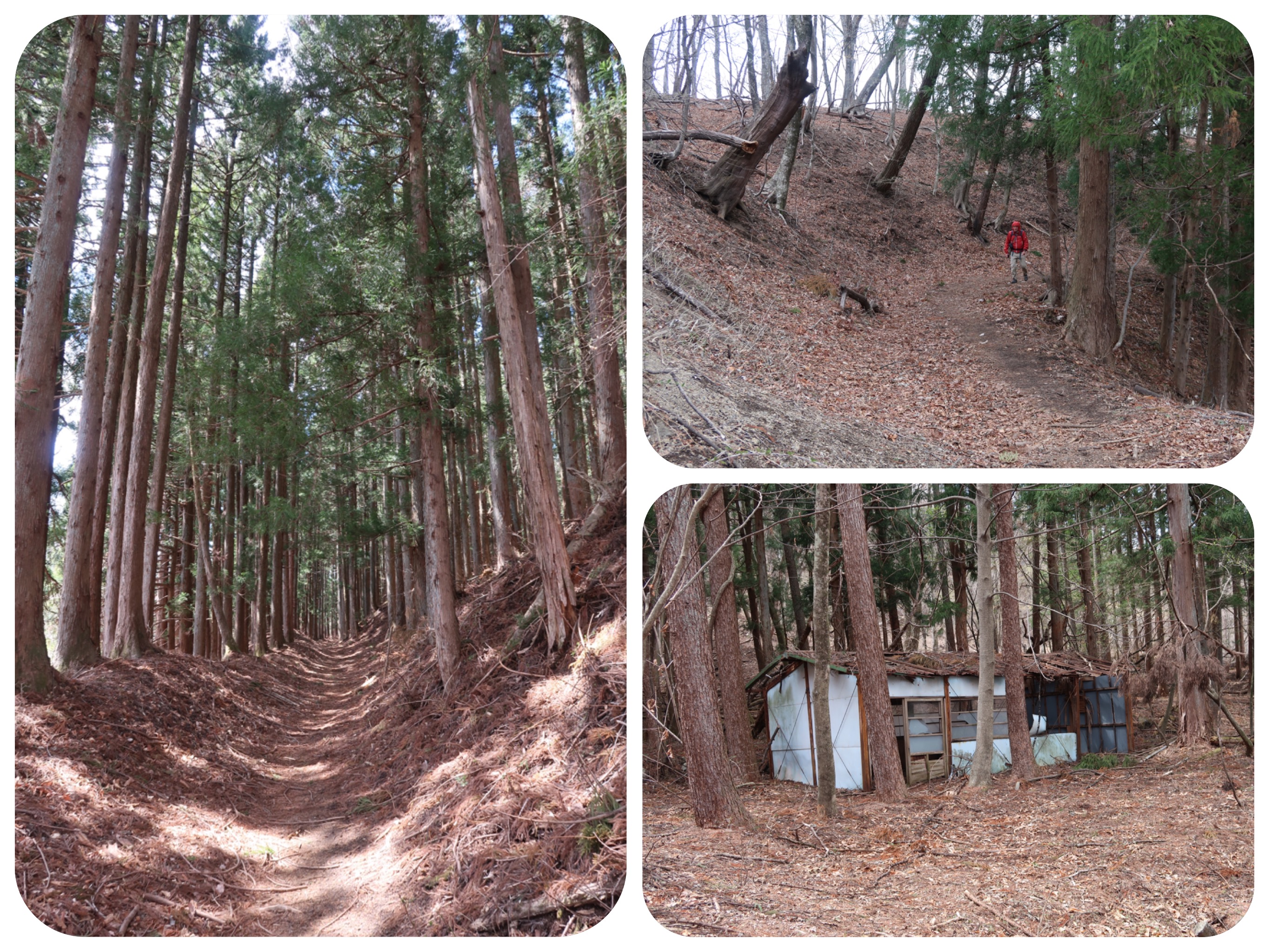
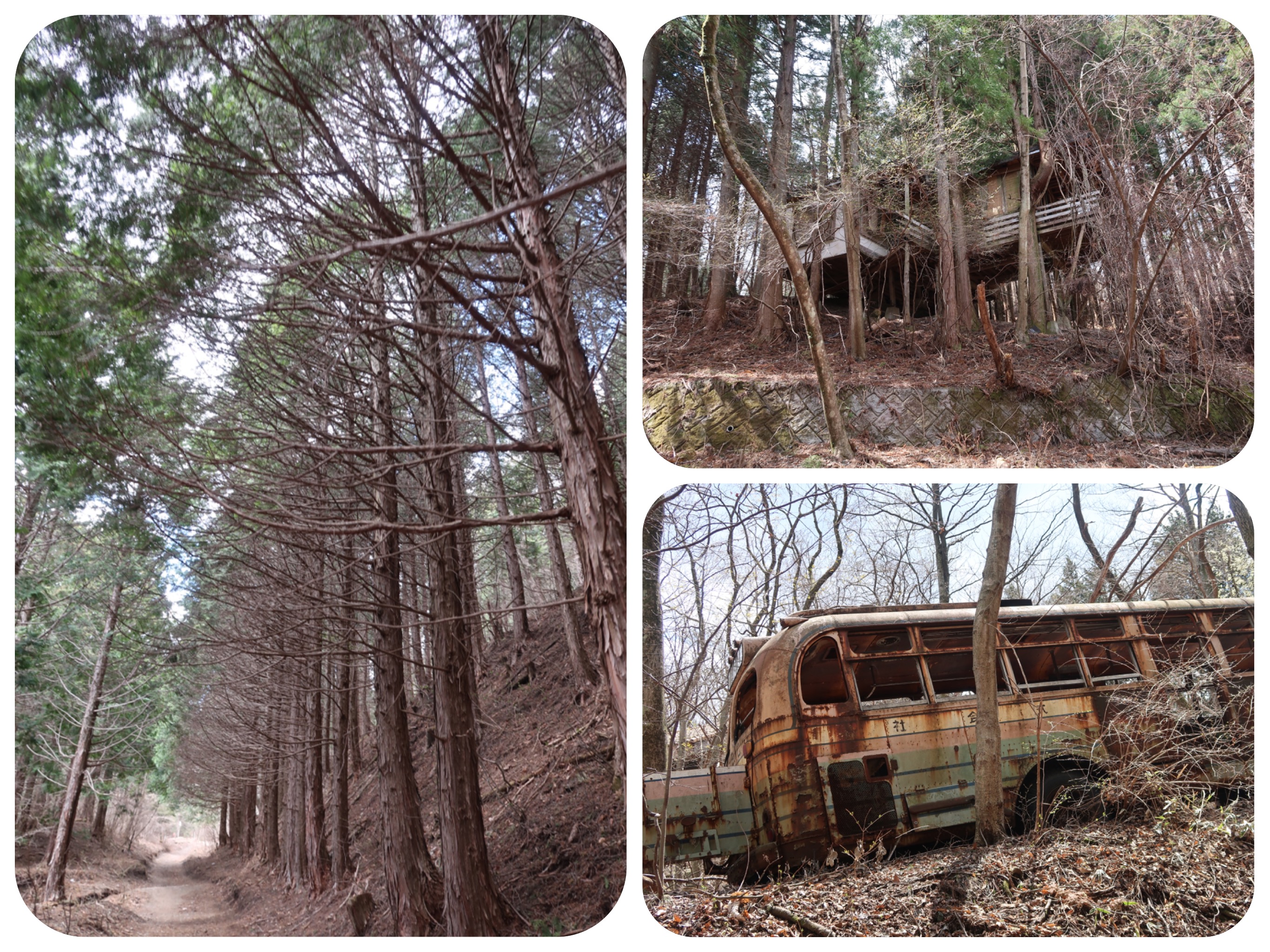
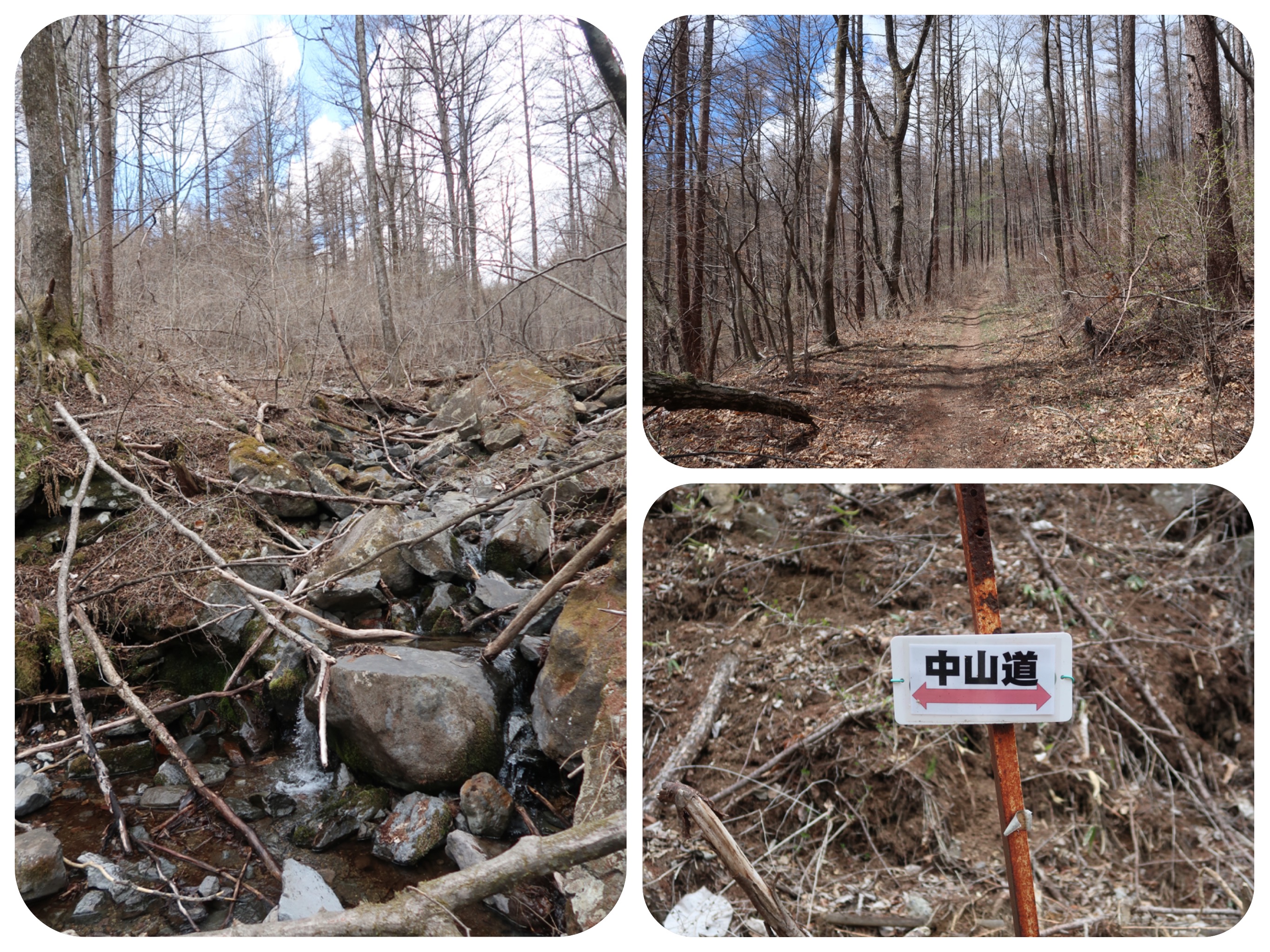
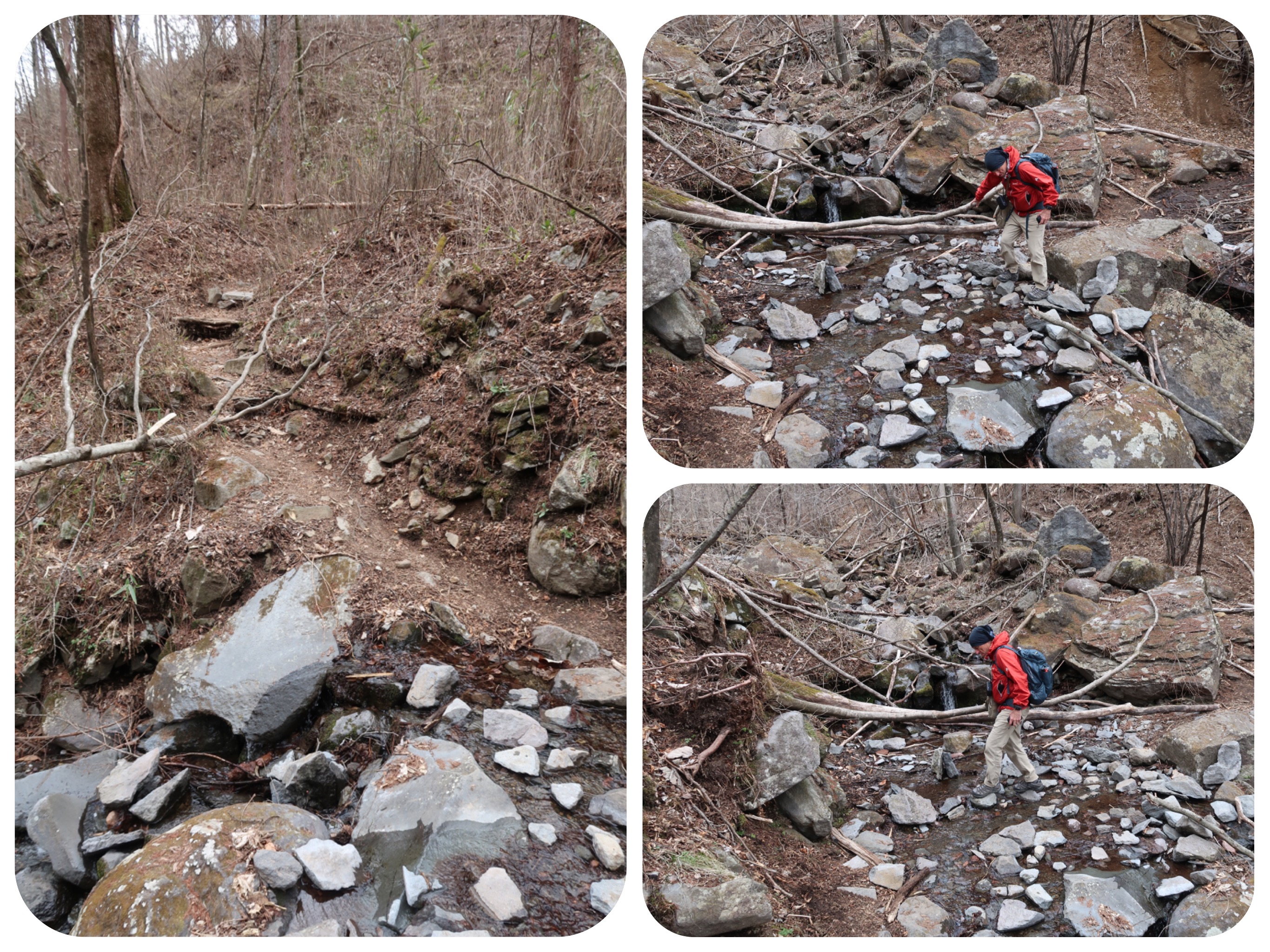
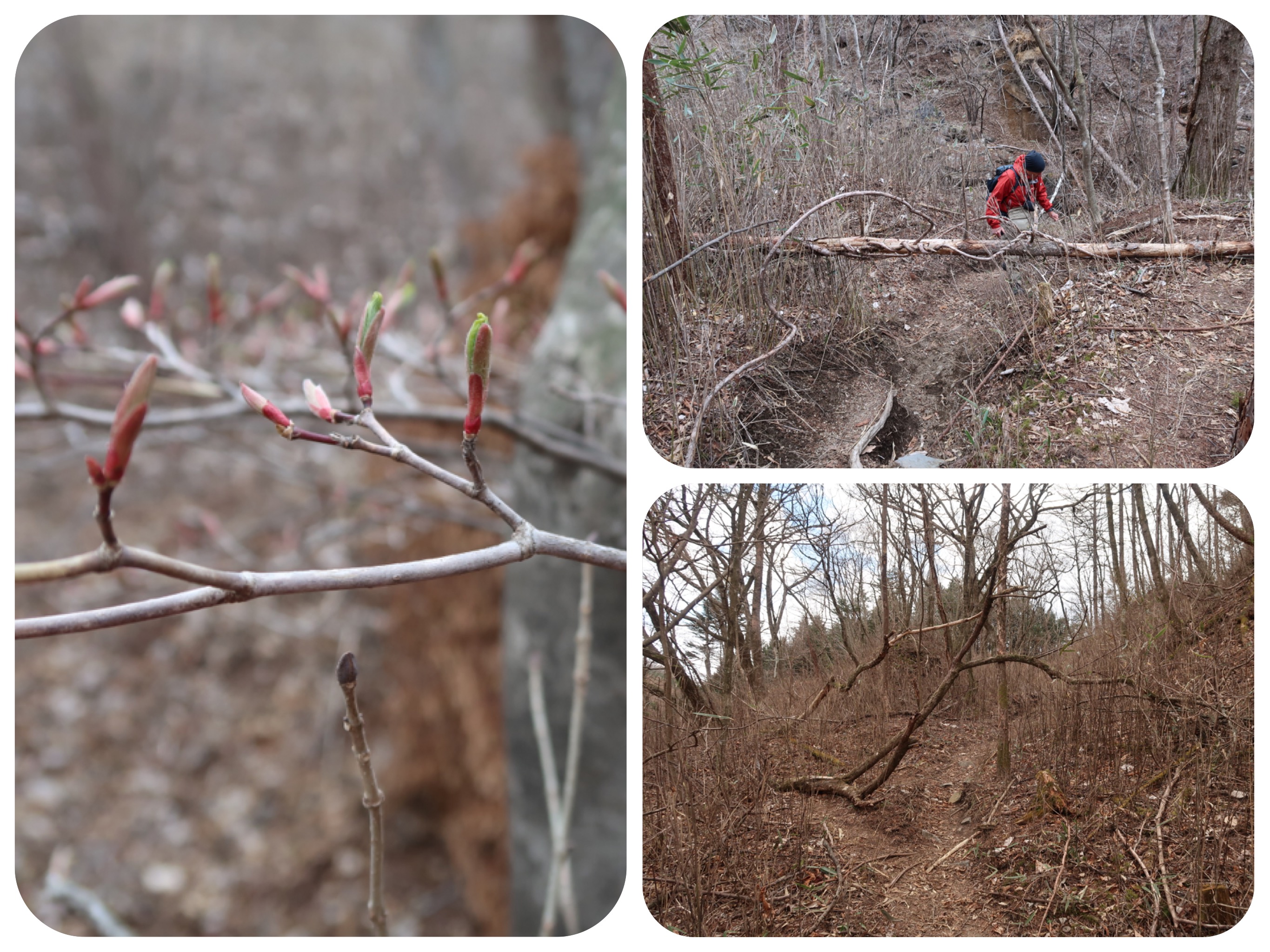
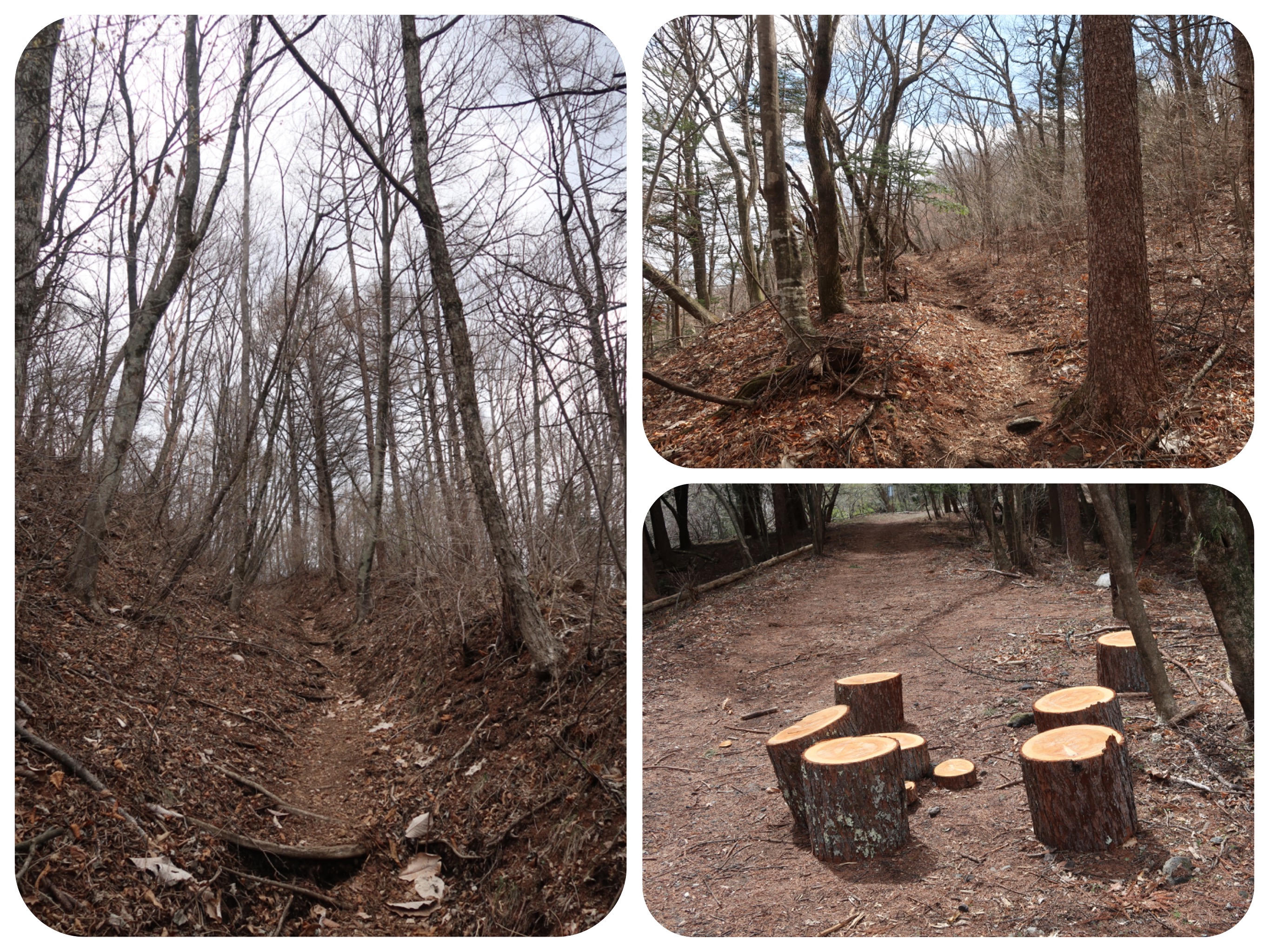
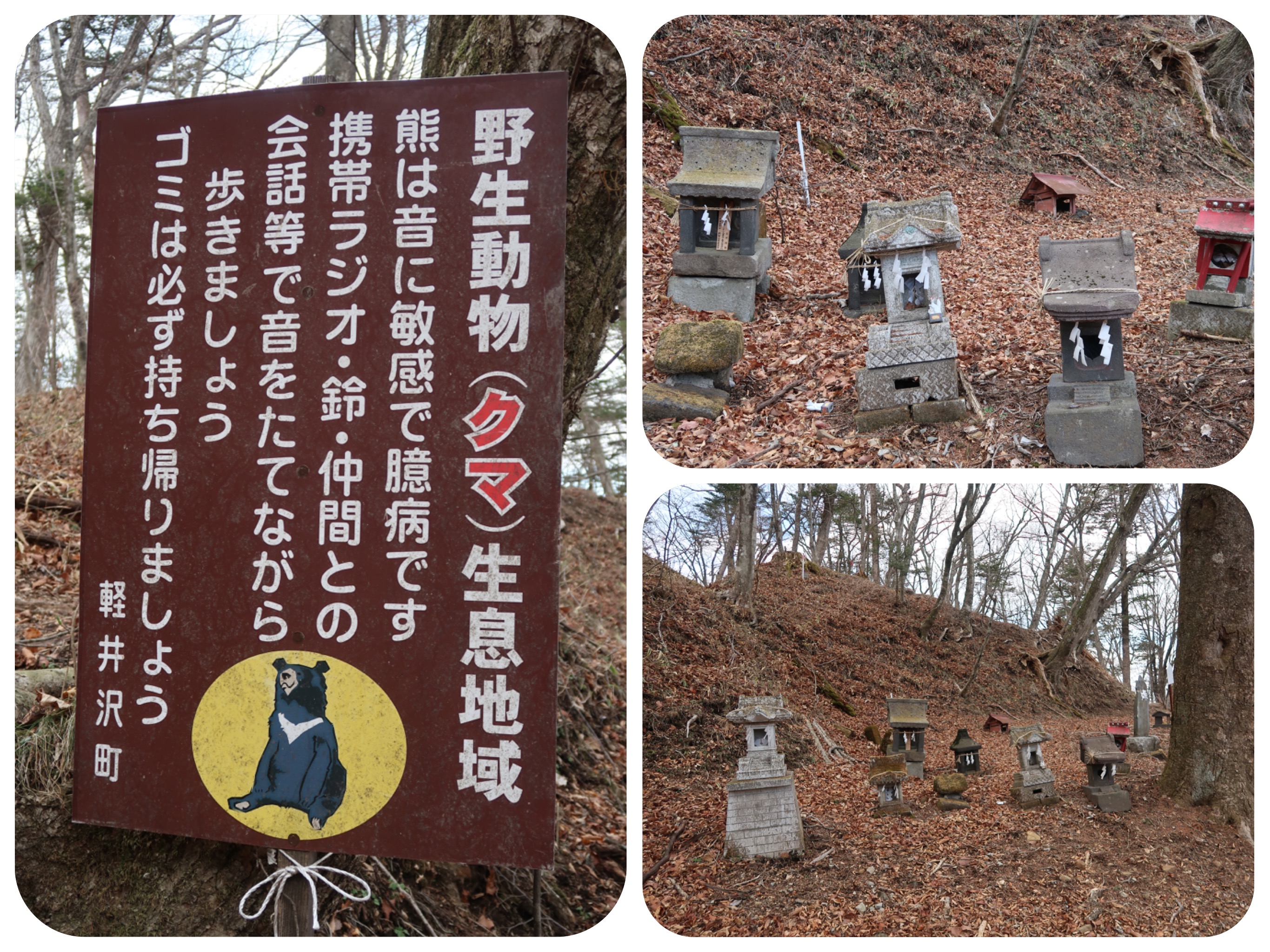
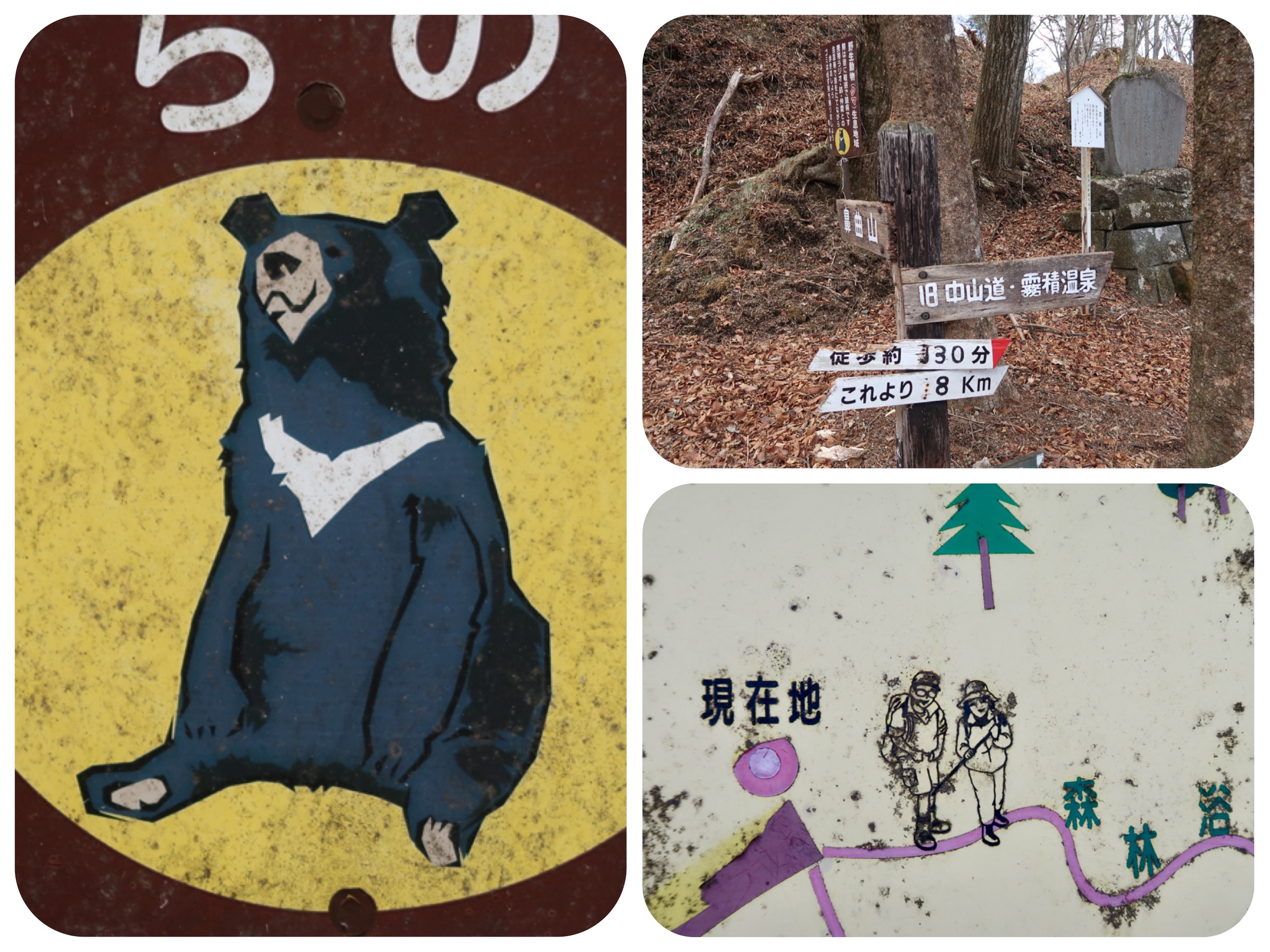
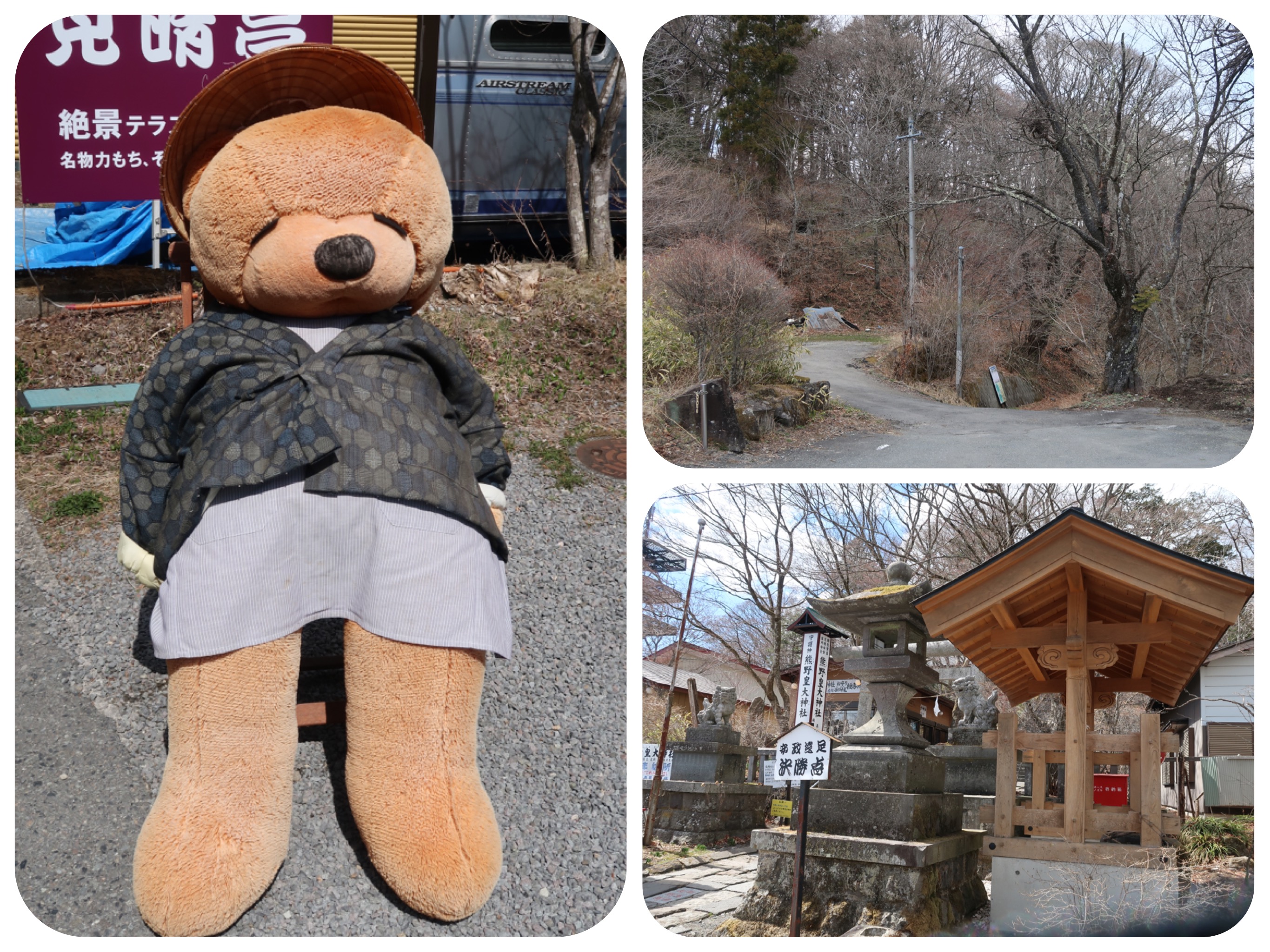
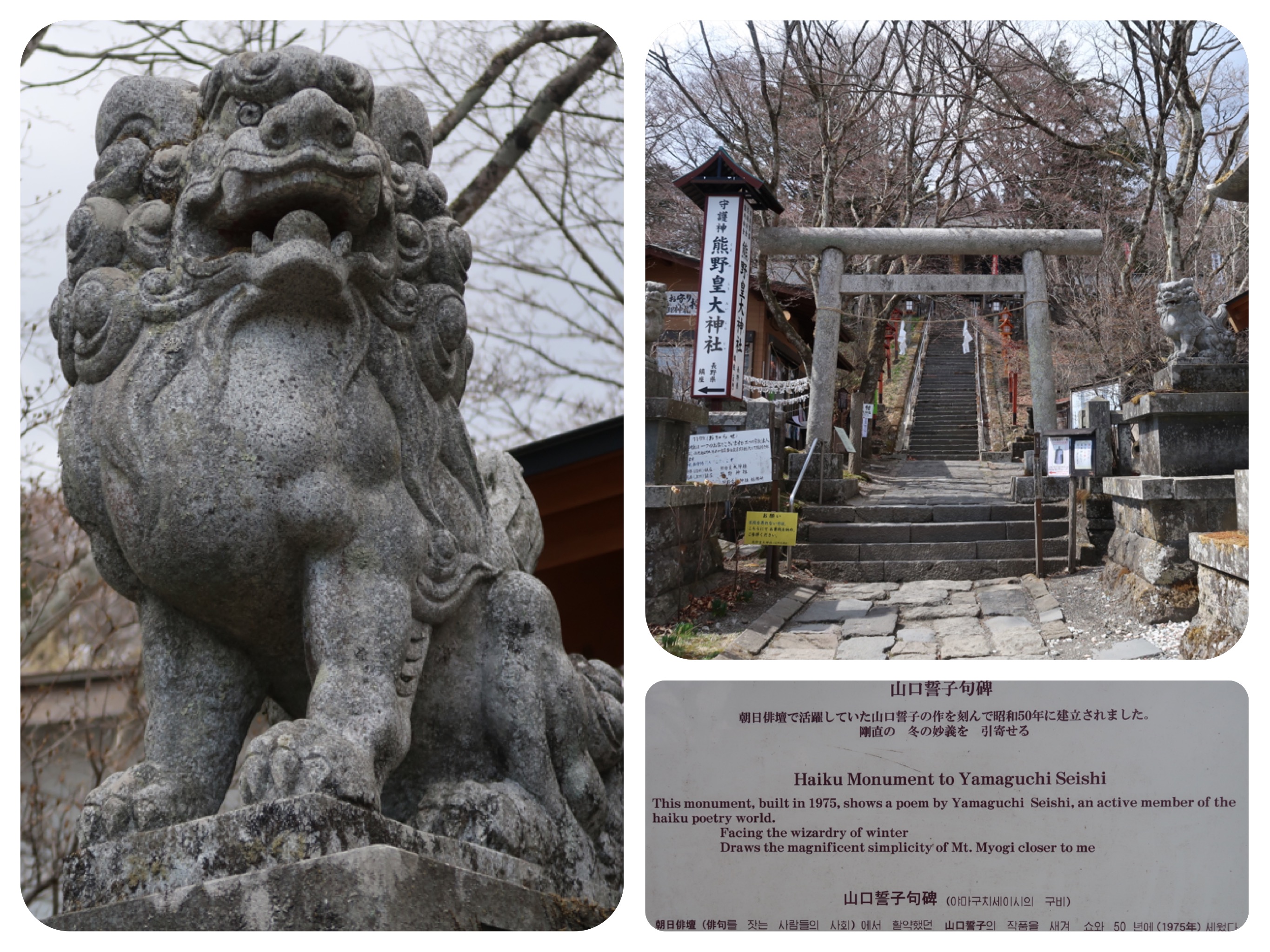
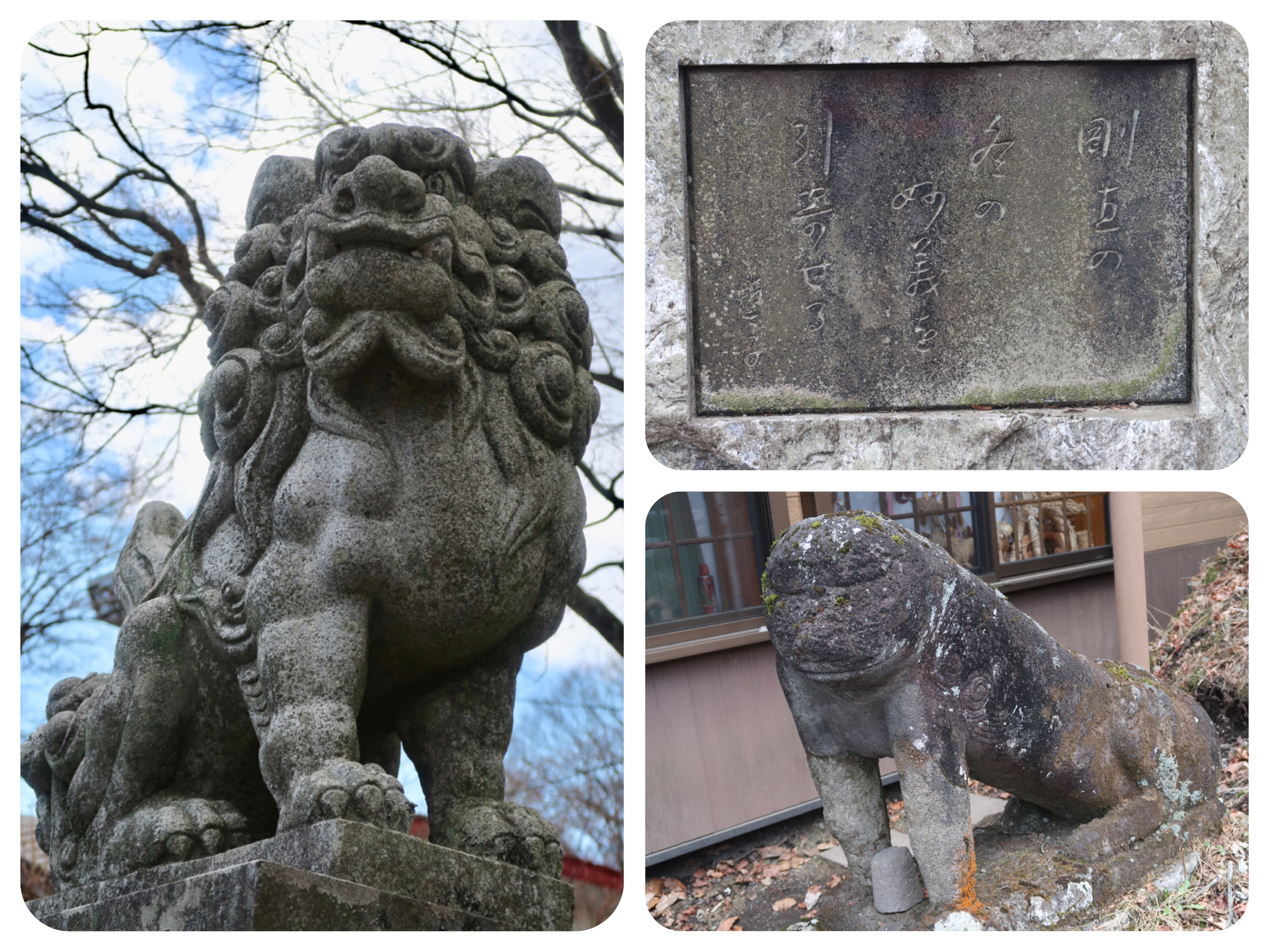
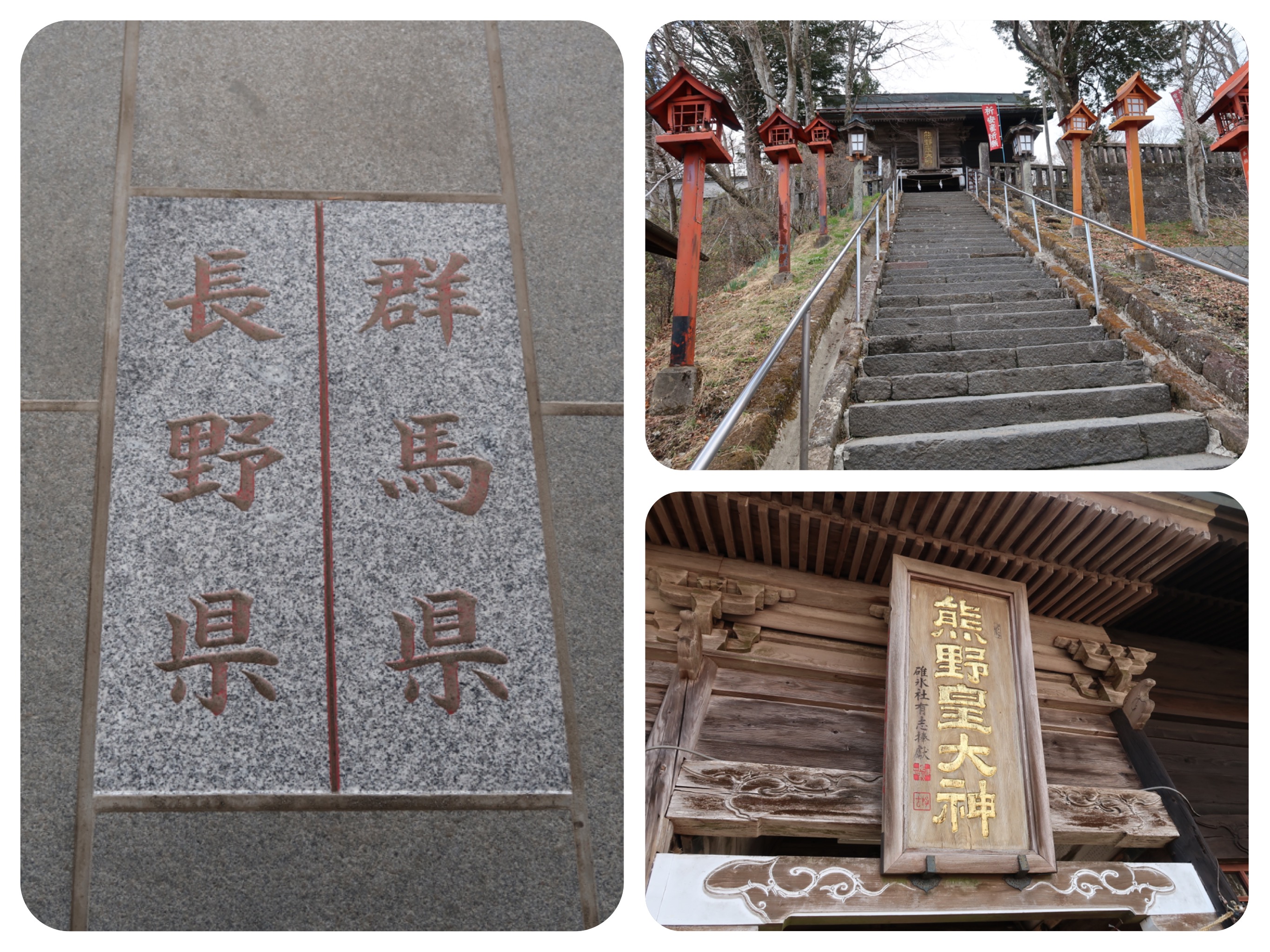
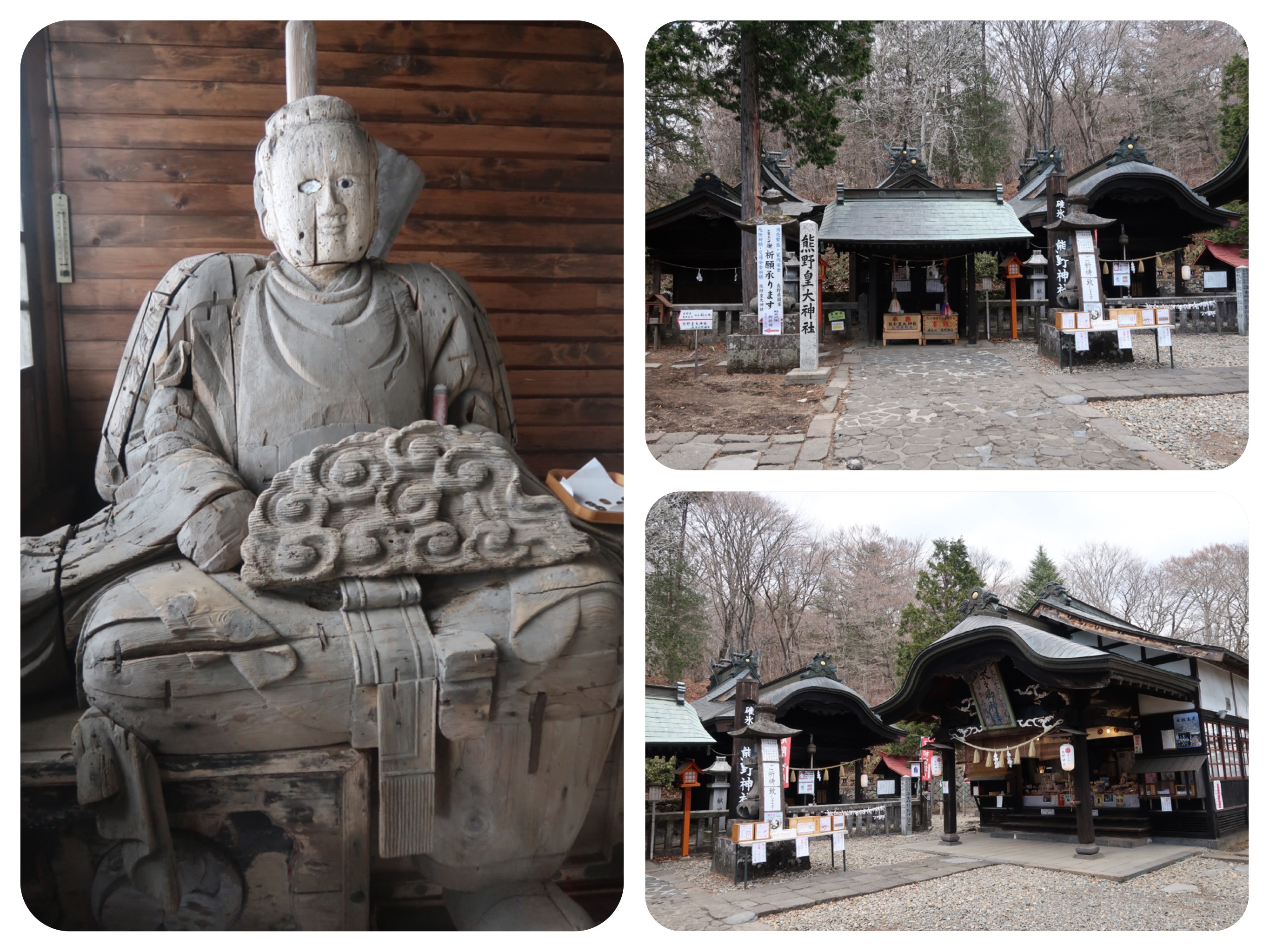
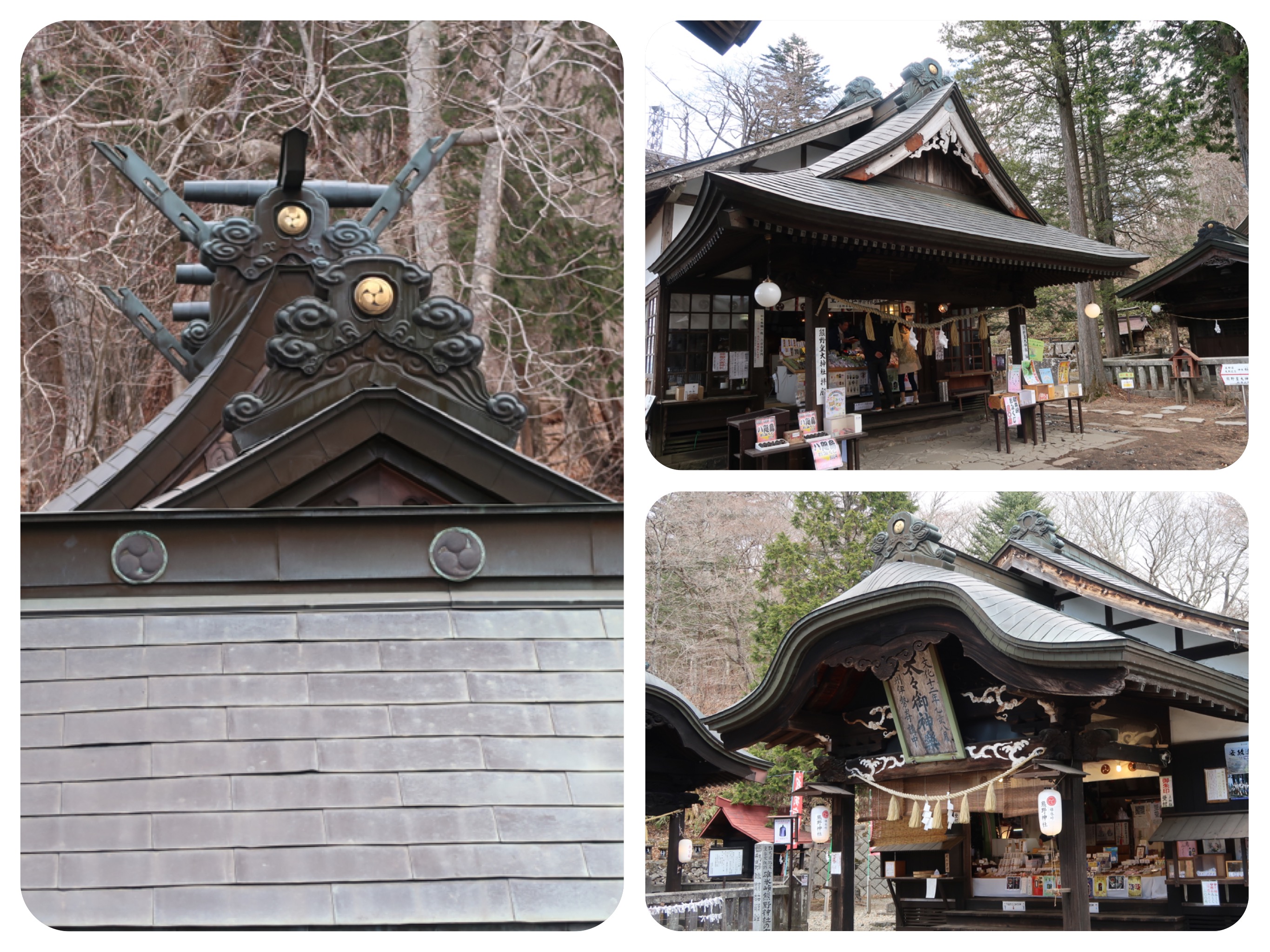
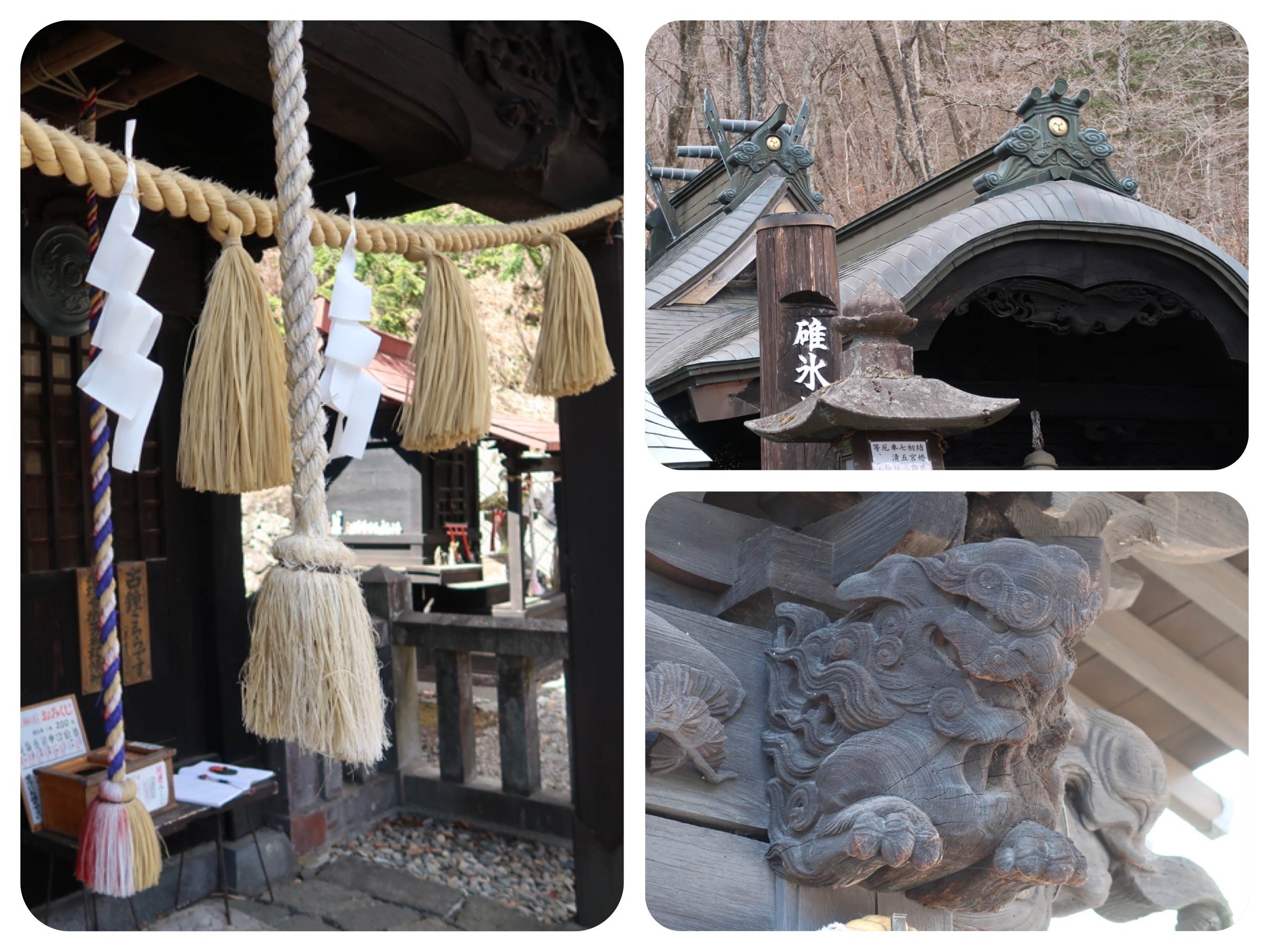
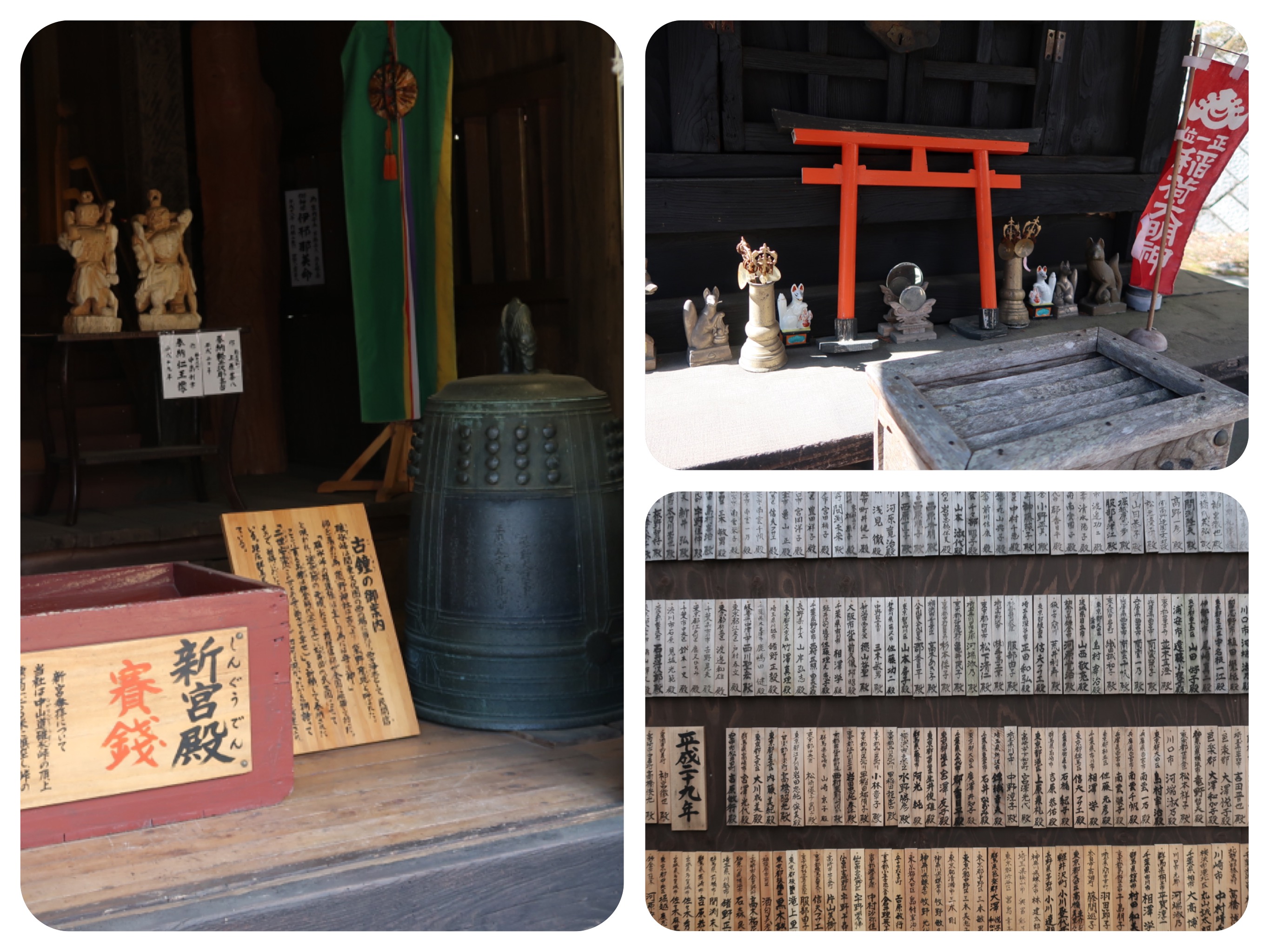
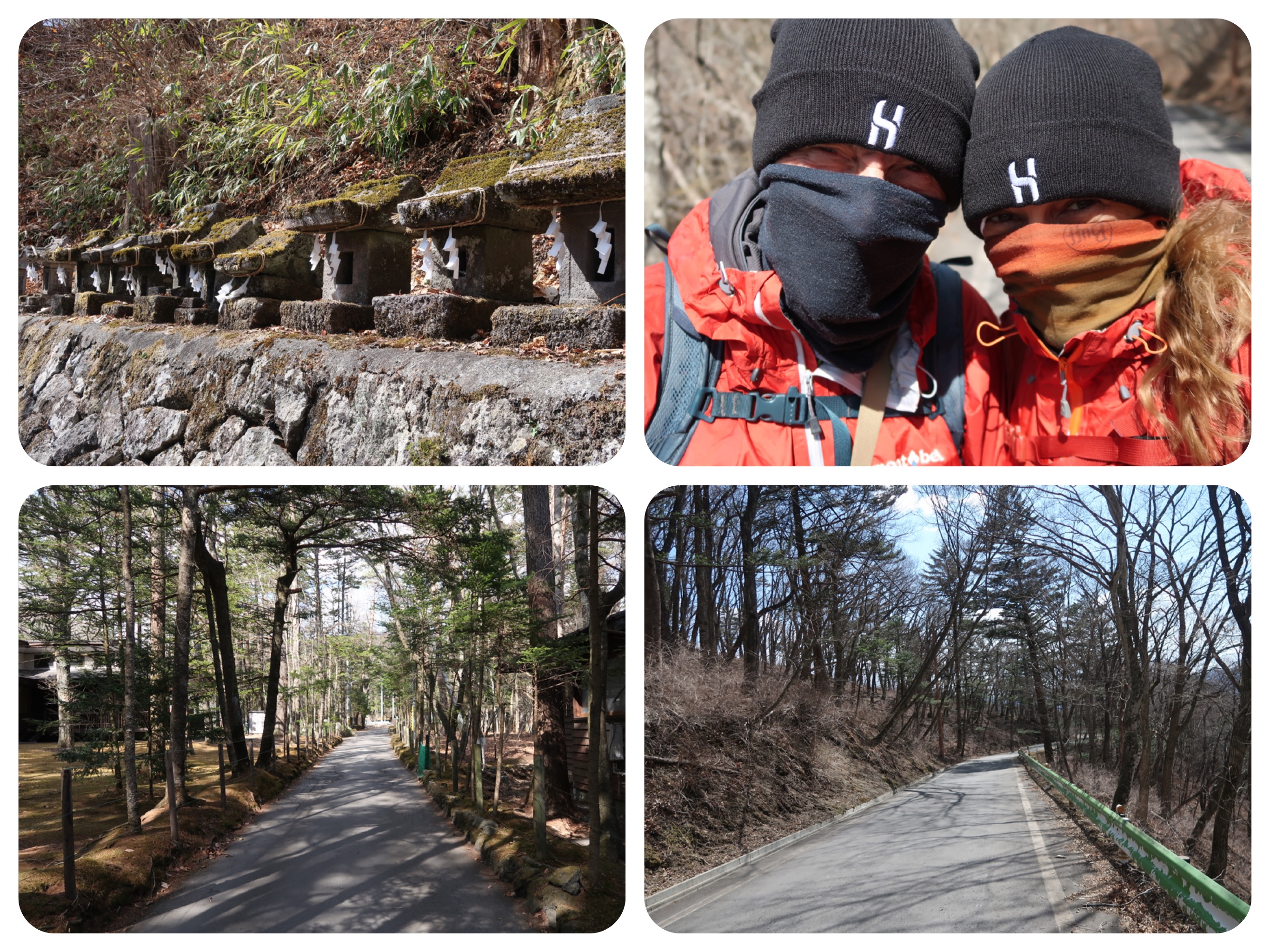
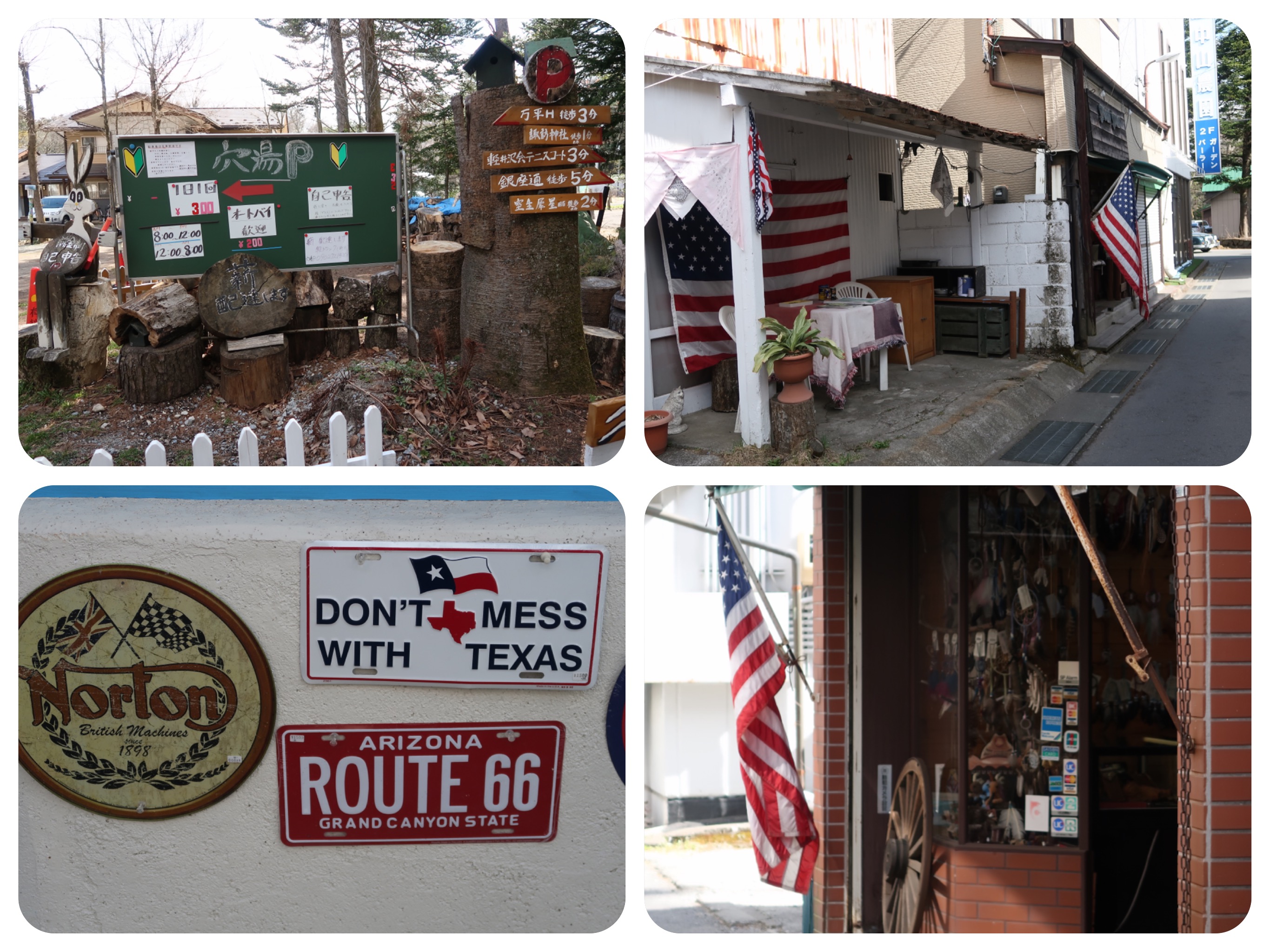
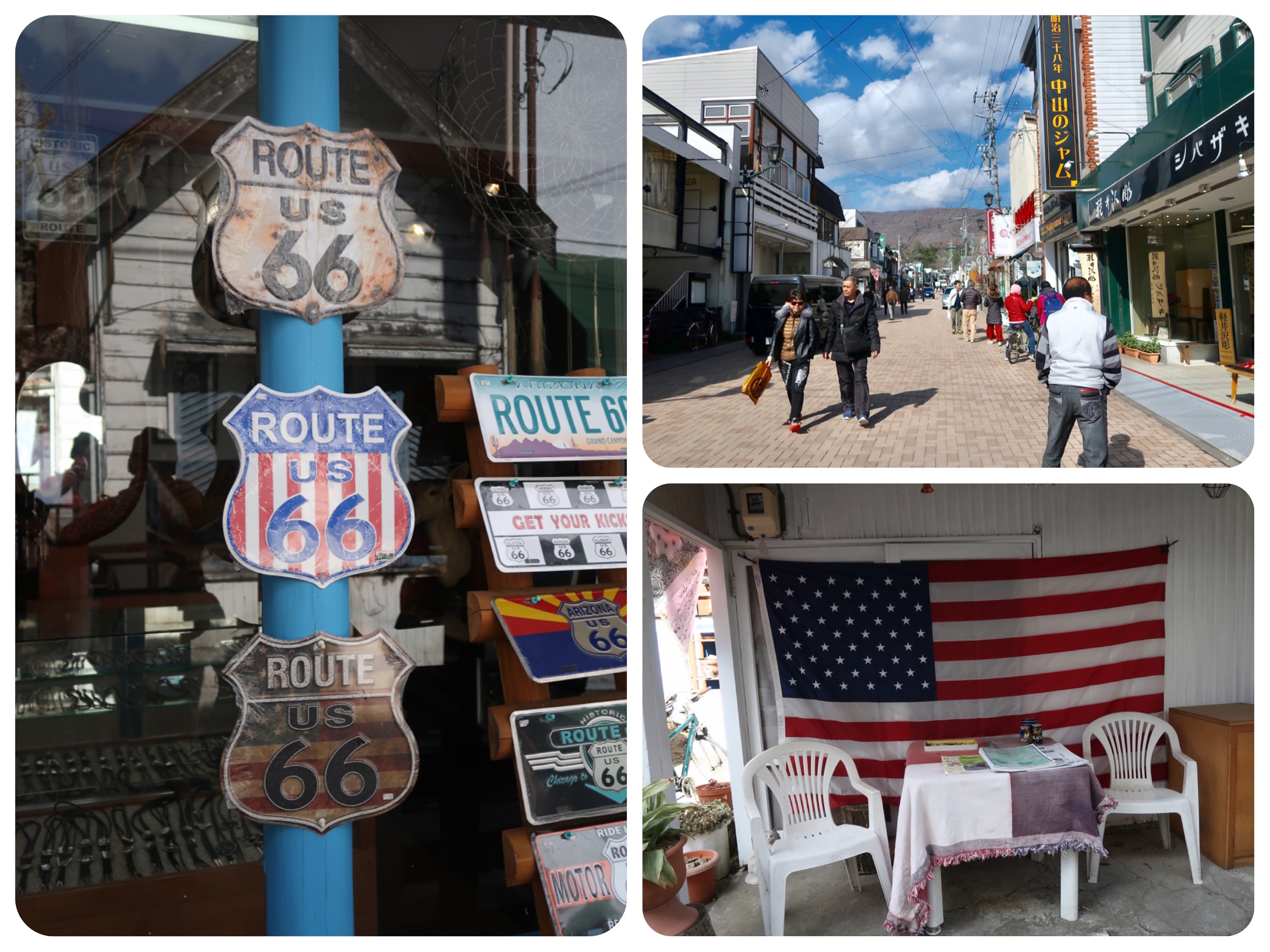
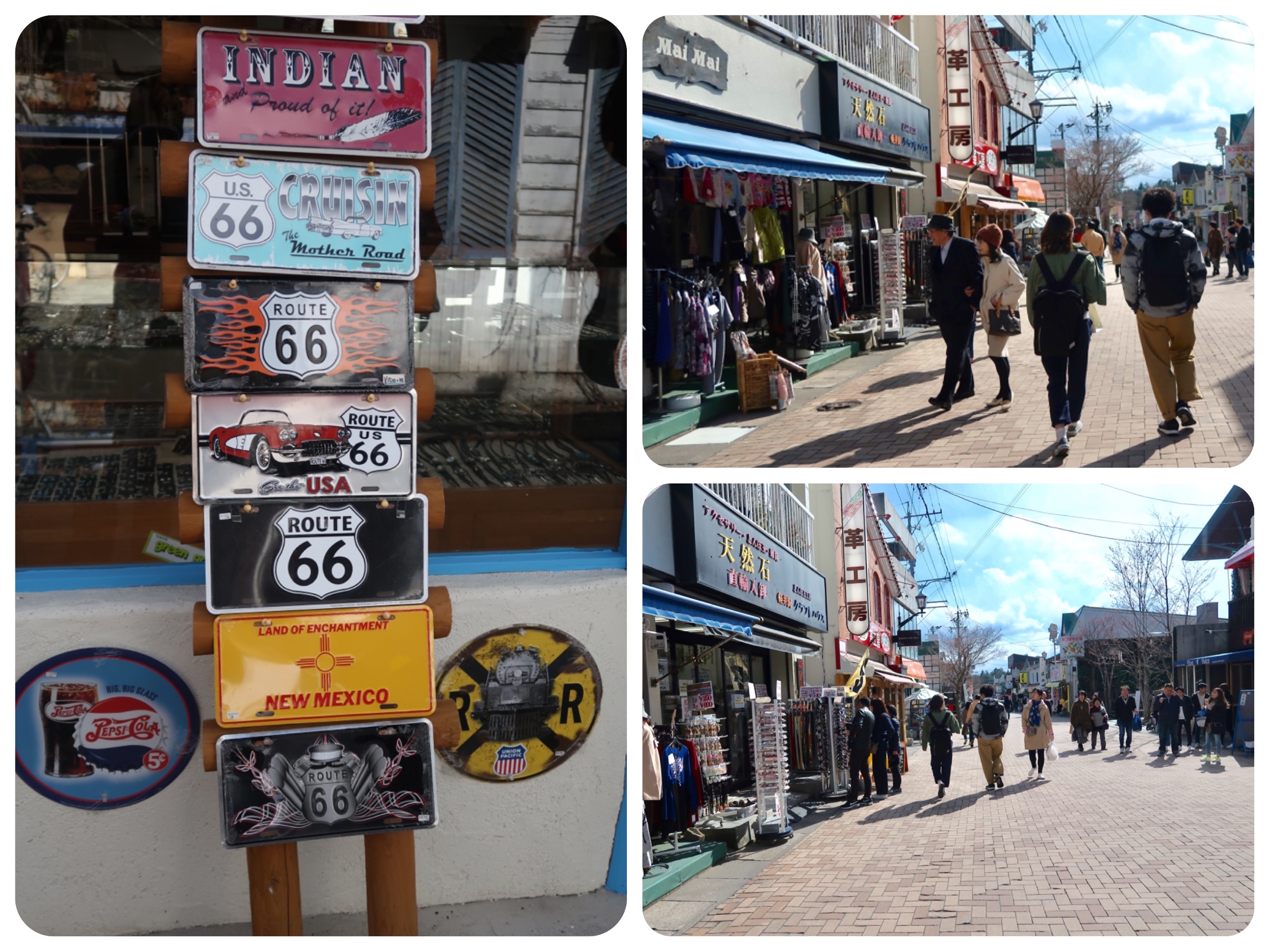
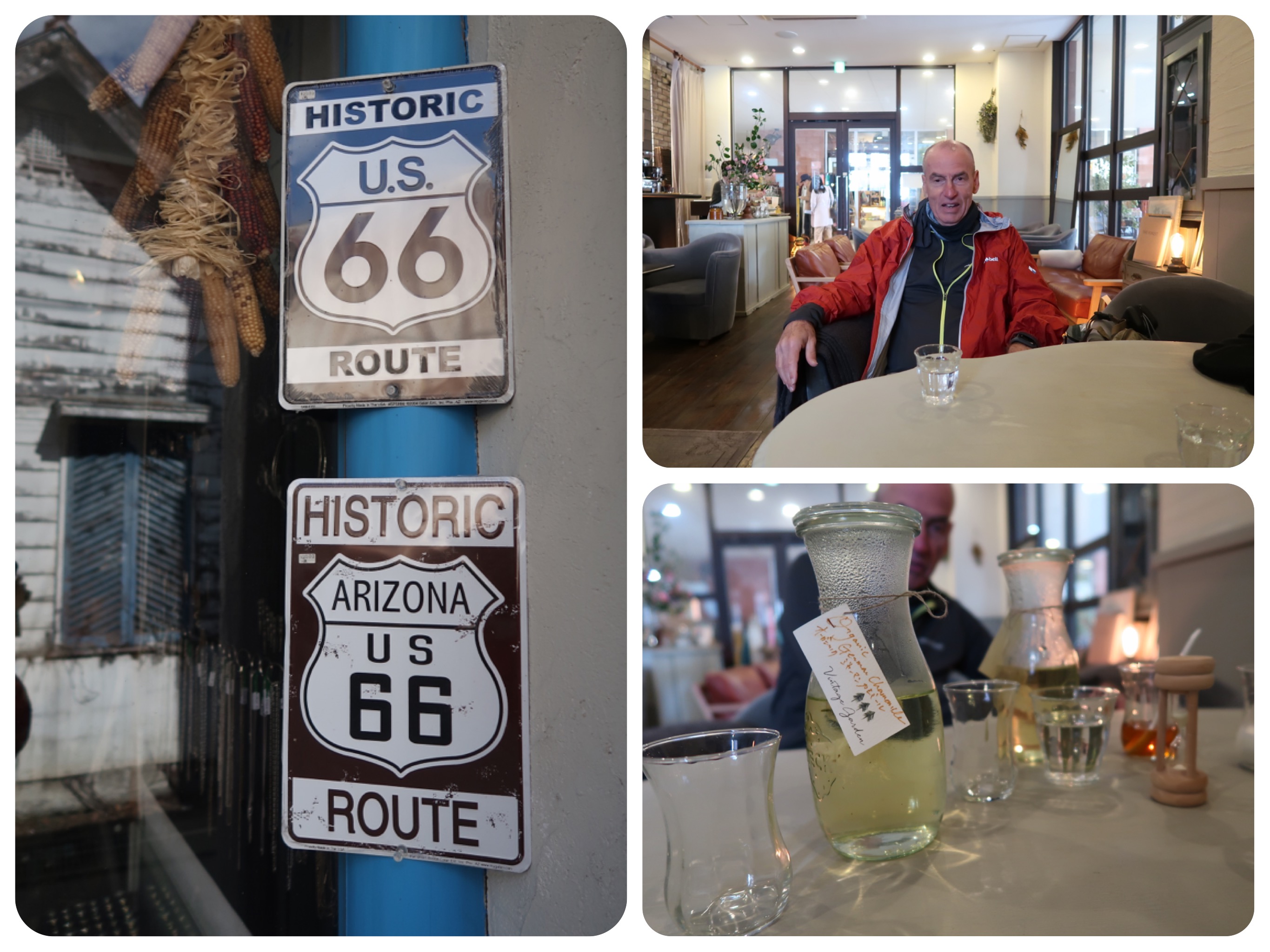
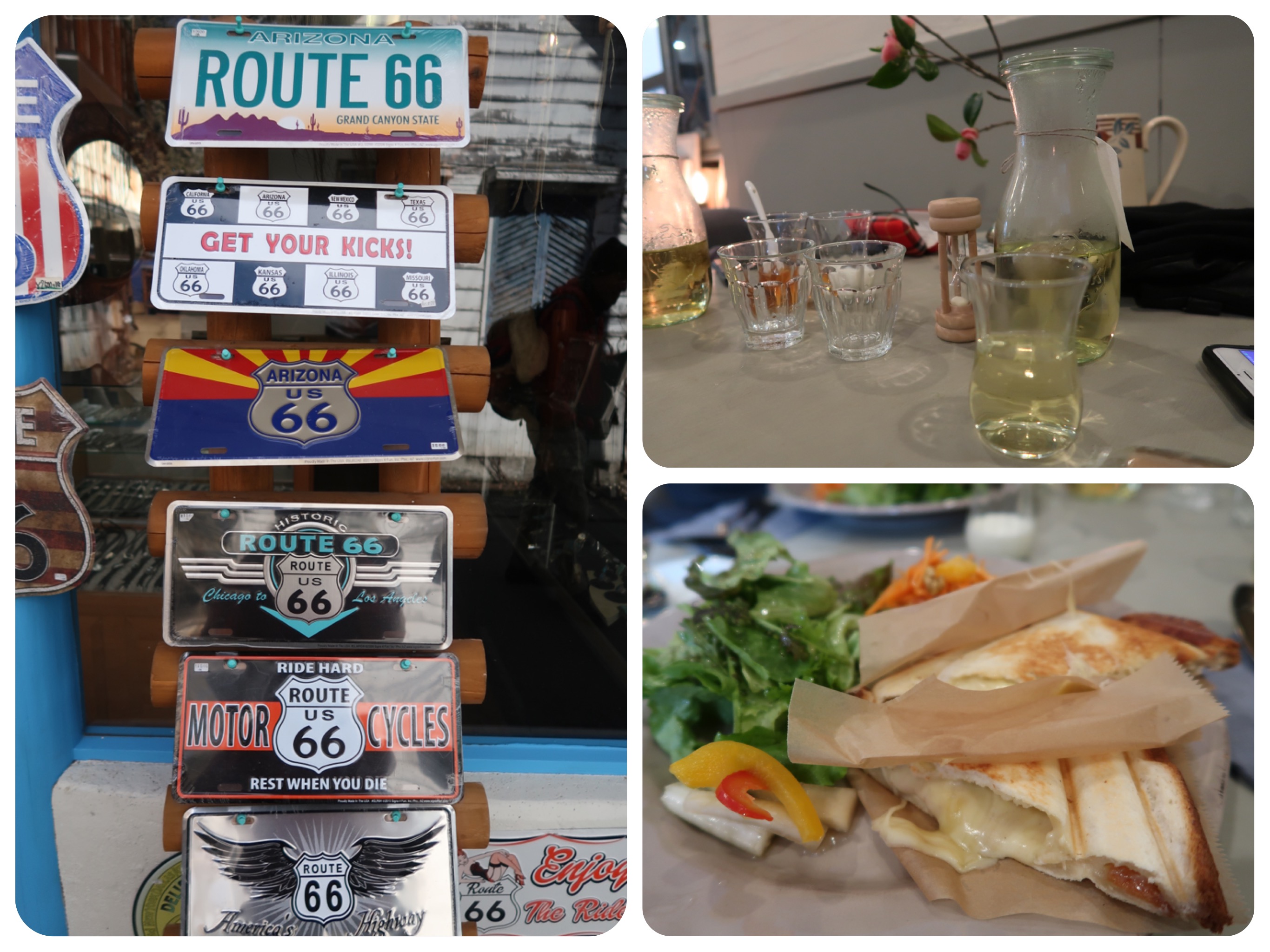
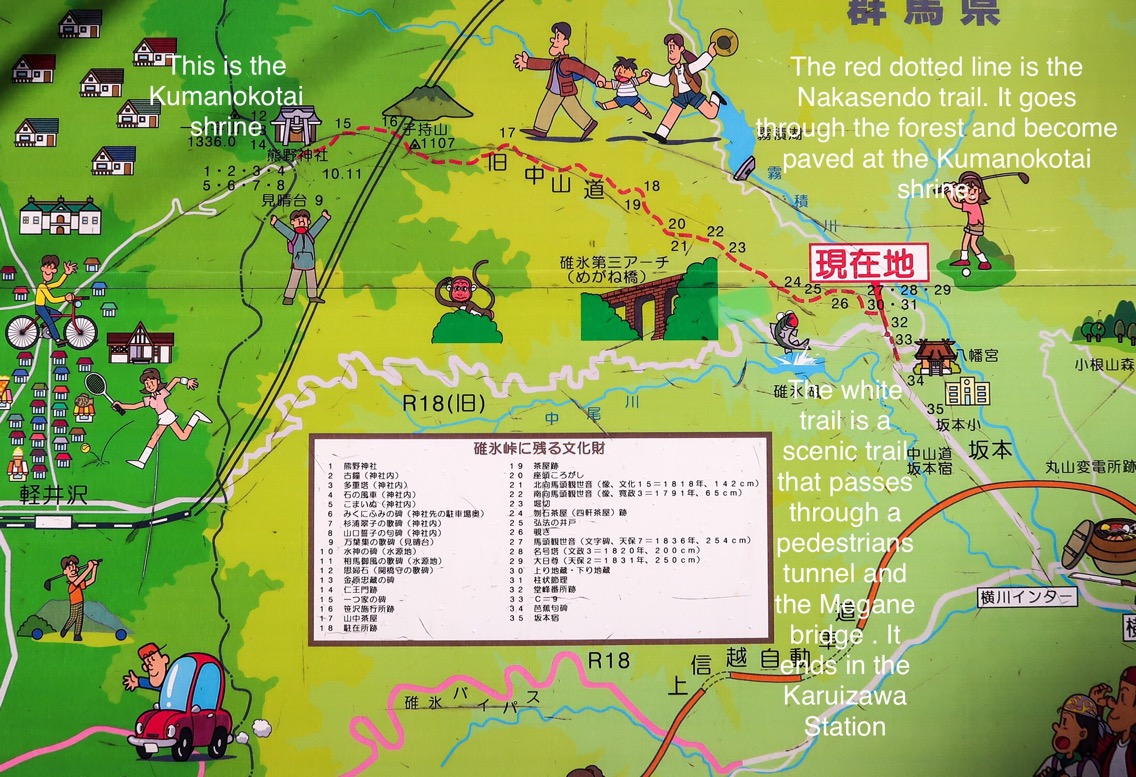
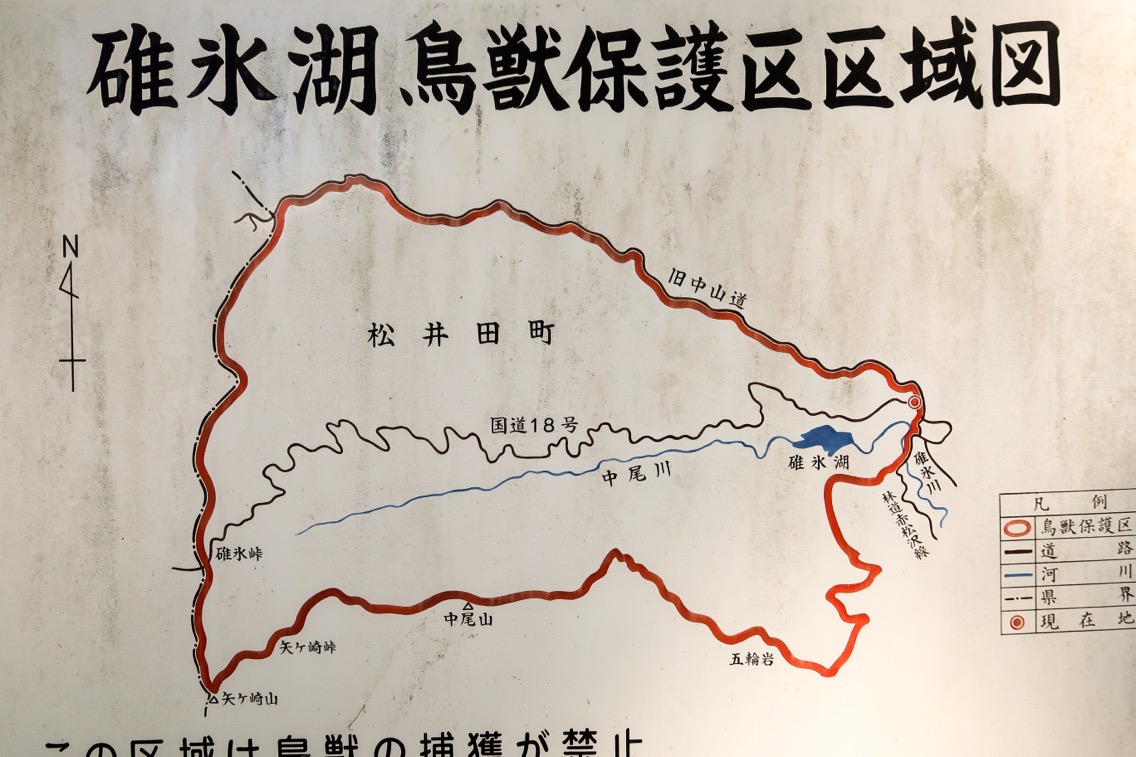
Day 8 - Walking The Nakasendō, Japan - Going Into The Woods and Crossing Our First Mountain Pass
This morning we ate breakfast early.
Since we were two of the only guests at this big hot springs
hotel, we were directed to the large breakfast room, where we were the only diners.
We were told that the month of May is the beginning of the tourist season.
We certainly hope that this wonderful, traditional hotel with its spacious, clean rooms, lovely Onsen and friendly staff, can survive in this modern-day environment.
Nowadays, it seems that less people value the healing rest in small Onsen towns like Isobe, and are looking for more adventurous vacations overseas, where they can experience different cultures and see the world’s sights.
Breakfast was quite good, the traditional Japanese morning meal of rice, pickles, a small serving of fish, and sashimi Konyaku, which is thinly sliced cooked root vegetable (Konyaku), dipped in white miso.
There was also Hijiki seaweed, other cooked root vegetables, large beans cooked in a sweet syrup, and a freshly made, heated tofu drizzled with soy and garnished with ginger and scallions.
We arrived in Yokokawa early, in order to make sure that we complete the mountain forest hike before it gets dark.
We estimated the day’s hike at five or six hours, but you never know when you are climbing up mountain peaks, just how hard the trail might be.
As it turned out, this was a day of constant climbing, not too steep, on a good trail.
There were some rocky parts, some paths were carpeted with forest leaves, some included climbing up wooden steps and over fallen trees or tree roots, crossing a small rocky river, but no really hard parts of the trail.
We had planned to buy some Onigiris (rice balls that are the Japanese equivalent of a sandwich) when we arrived in Yokokawa.
But alas, it was early morning and the town did not have a convenience store, and the few restaurants were closed.
We bought four bottles of water and green tea from a vending machine, and decided that we will have to do with the few snacks that we had, as a replacement for lunch.
We had some raisins, two almond cookies and a sweet rice and sesame cracker.
The Nakasendō follows the paved road out of Yokokawa for about 4km, and then enters the forest with a steep climb.
We walked through the quiet town towards the mountains, where the road started climbing.
The first part of the Nakasendo trail was closed, so we had to walk back and join the main road which wound up the mountain.
A man stopped his car and walked towards me.
He asked me, in English mixed with Japanese, if we were walking the Nakasendo.
We said we are.
He made some expressions of admiration and ask if we wanted a ride up the mountain.
I thanked him and said we will walk.
I explained that we only take trains to our accommodations, but then we return to where we stopped the night before and keep on walking.
He said that Usui Pass is very steep and challenging.
“Are you going to challenge Usui Pass?,” he asked in good English.
“Yes, we do plan to...” I answered, my heart skipping a beat in expectation of the challenge ahead.
We have left ourselves plenty of time to do the two summits we will be climbing today, along with the long descent into the ski town of Karuizawa.
It was a cold day, and we were happy we’d bought ski hats, but regretful that we did not buy warm gloves.
We promised ourselves that we would buy warm gloves, the minute we got into Karuizawa.
We will need them for the portion of the trail that we will walk between ski mountains and high passes.
The Nakasendo trail into the forest was open a little farther up the main road, and we left the road and entered the forest.
The forest was enchanting.
We were so excited to be walking among the tall trees, instead of on paved asphalt roads.
The forest was dense with trees, most of them still without leaves, after the long, snowy winter.
There were hardly any spring flowers, as it was still very cold.
We wore all of our layers.
A t-shirt, a long sleeve shirt, a hoodie, a fleece, a wind breaker, our neck balaclavas and warm hats.
We were only missing warm gloves.
But even though we were climbing up all day and wore all of our layers, it was still chilly in the shade or when the wind blew hard.
The old Usui Pass is marked by an old rusted-out caravan and a few rundown vacant buildings, a monument to the old times, in which the Usui Pass used to cross the forest.
Mount Komochi was the second of the two peaks we needed to climb, and we did not have to go down too much after the Usui Pass before climbing back up again.
It was more like walking on the Dragon’s back, mostly uphill, but with a few short downhills.
The forest had evergreen fir trees and larch, with many branches fallen on the forest floor, as well as many slate stones.
As we continued on the forest trail, steadily heading uphill through the mountains, we ran into lots of hikers coming from Karuizawa, walking in the opposite direction.
They were walking downhill from Karuizawa, finishing at Yokokawa.
There was a group of about a dozen travelers from India, along with their guide. This was the last day of their seven day Nakasendō adventure.
They were all dressed in proper, colorful hiking gear, cheerful, color coordinated and light hearted.
They told us that it had snowed this morning in Karuizawa.
I was bracing myself for the upcoming cold...
Today, they were walking down to Yokokawa, then they will take the JR train to Takasaki, and then the Shinkansen to Tokyo.
There was another group of about 15 walkers from the USA.
They were also cheerful and pleasant.
They told us they were from Washington State, on their last day of hiking the Nakasendō.
We asked if they were walking the whole way, and after making some jokes, saying that Yes! they were hiking the whole trail, they admitted that they were hiking for only two weeks.
They would also end up in Tokyo today.
We met a small group of Japanese athletes who were trail-running the pass, despite the rocks and branches strewn everywhere.
There were also individuals from Japan, and three women from England who were doing a self guided walk, with their bags being sent to their accommodation for them, walking for about a week.
They all admired our journey, asked for our card or blog, and wished us good luck.
One of the guides remarked that we are the only ones who are doing it the “hard way,” walking the pass up toward the steep side, while they were all going downhill, from Karuizawa to Yokokawa.
We realize that as we get closer to the more popular Kiso part of the pilgrimage, we will be seeing a lot more walkers on the more beautiful sections of the trail.
Somehow, it made me happy to see other people walking.
I want the places we pass to be vibrant and full of small cafes, interesting shops and quaint accommodations.
I do not like walking through ghost towns with closed shops and deteriorating houses.
When we came out of the forest trail on the outskirts of Karuizawa, we came first upon Kumanokotai, a major Temple and Shrine that is said to be a place of power, since it is located at the elevation of the new Usui Pass.
Right at the gate, there is a mark on the stone floor, where the two prefectures meet.
On the east side, Gunma Prefecture ends, and on the west side, Nagano Prefecture starts.
We each said a prayer at the shrine.
Then we had to walk five kilometers of steep, paved decline, past many seasonal houses that were all locked up, since it was no longer ski season and still too early for summer.
Soon, we came upon the main shopping street in town, called the old Ginza Road.
The old road, which has always been lined with shops, is now a pedestrian zone and for some reason, full of American-themed leather and American memorabilia shops.
There were also many other shops displaying local arts and crafts, a small museum, small cafes, shops selling clothing and souvenirs, as well as honey, cheese, bread, jams and other food selections.
It was the weekend and many tourists walked up and down the street, even though it was very cold.
The first thing we did was buy warm gloves.
Then we located a beautiful cafe, called the Veranda, where we spent a few hours having a lunch of hot grilled cheese sandwiches, mushroom soup and fabulous herbal teas.
The atmosphere in the cafe was a bit like a French living room, with comfortable sofas and armchairs, wooden tables, a piano, soft music and paintings everywhere.
The place was so warm, both in temperature and in feeling, that I didn’t want to leave.
The owner of the cafe is a Japanese woman who loves to golf.
Golf is the main summer activity in Karuizawa. In the winter, there is snow skiing, right on the outskirts of the downtown.
She used to live in Hawaii.
She said she loved Hawaii but as she grew older, she did not want to pay the high premiums for health insurance in the USA, so she moved back to Japan, where the health care is cheap and good.
It reminded me of a friend and a collector of my art, who asked me about what Jules and I do about health insurance and why it is that I do not pay for health insurance....
I wish I had more time to write her back...
Time flies so fast on a pilgrimage....
Our hotel for the evening turned out to be much better than I had thought when I first booked it.
I really should not be reading other travelers’ reviews.
People did not like the place, but it was fabulous, with a comfortable room, a great bathroom, with high quality beddings and bath towels, a grand onsen with a big mineral spring hot bath inside and another outside, and a huge jacuzzi, which I had mostly to myself.
It was a good day of hiking in the woods. The forest was beautiful and healing.
That night as I checked my emails, I saw this quote in a Harvard University newsletter:
“To go ‘into the woods’ is to enter both nightmare and wonderment, chaos and serenity.
The woods are the threatening realm of wolves and witches, yet also a space of peace and introspection.
They confound and illuminate, disorient and clarify, endanger and protect.
The woods are where we “come to our senses,” and where we embrace our wilder selves.
They are a space of complex life forms and ecological destruction; of growth and decay; of fantasy and ritual; of secrets and control; of hiding and
the hidden.
The woods are often framed as a nonurban place; an entity separate from, and opposed to, the city—even the world; an eternal refuge that can smoothly be entered and exited, gone into and back out of....”
From Harvard University design magazine
www.harvarddesignmagazine.org
Day 8- Stats:
Total walking time 7 hours
Active walking time 6 hours
Total steps: 31,264 steps
Daily Kilometers 23 Kilometers
Total Kilometers walked up to date: 208 Kilometers
Total elevation climbed 2,313 meters
Total descent 1,744 meters
Maximum Altitude reached 1,207 meters
Accommodation: Hotel Prince East Karuizawa - A ski-in, ski-out hotel with nice modern rooms (not the wooden cabins, which some people did not like) with a good variety of hot spring baths and restaurants offering dinner and breakfasts.
Station Towns visited in Gunma Prefecture:
17. Sakamoto-shuku (Yokokawa Annaka)
Station Towns visited in Nagano Prefecture:
18. Karuizawa- shuku (Karuizawa, Kitasaku District)
